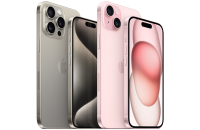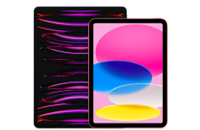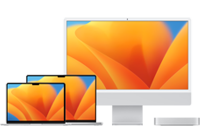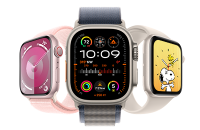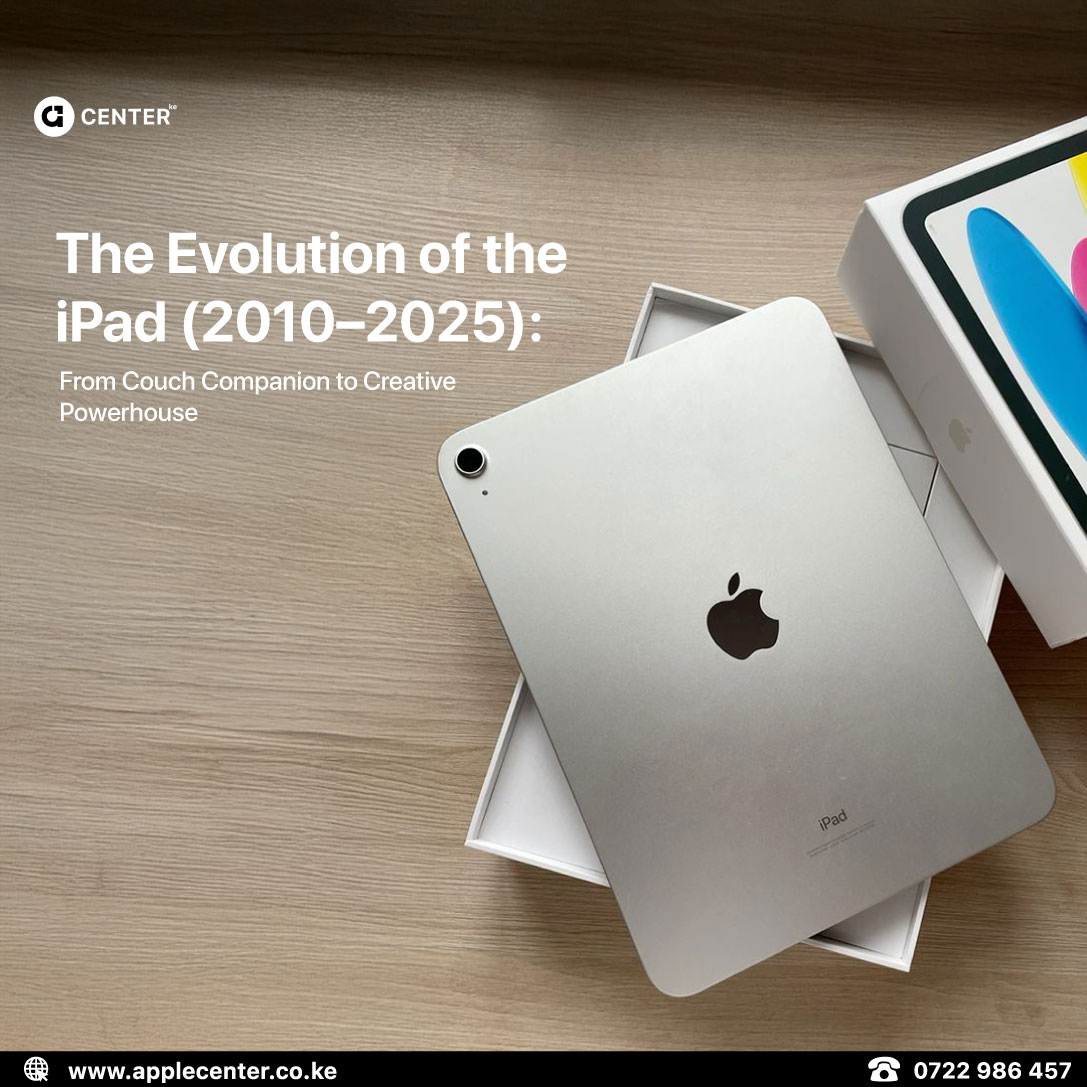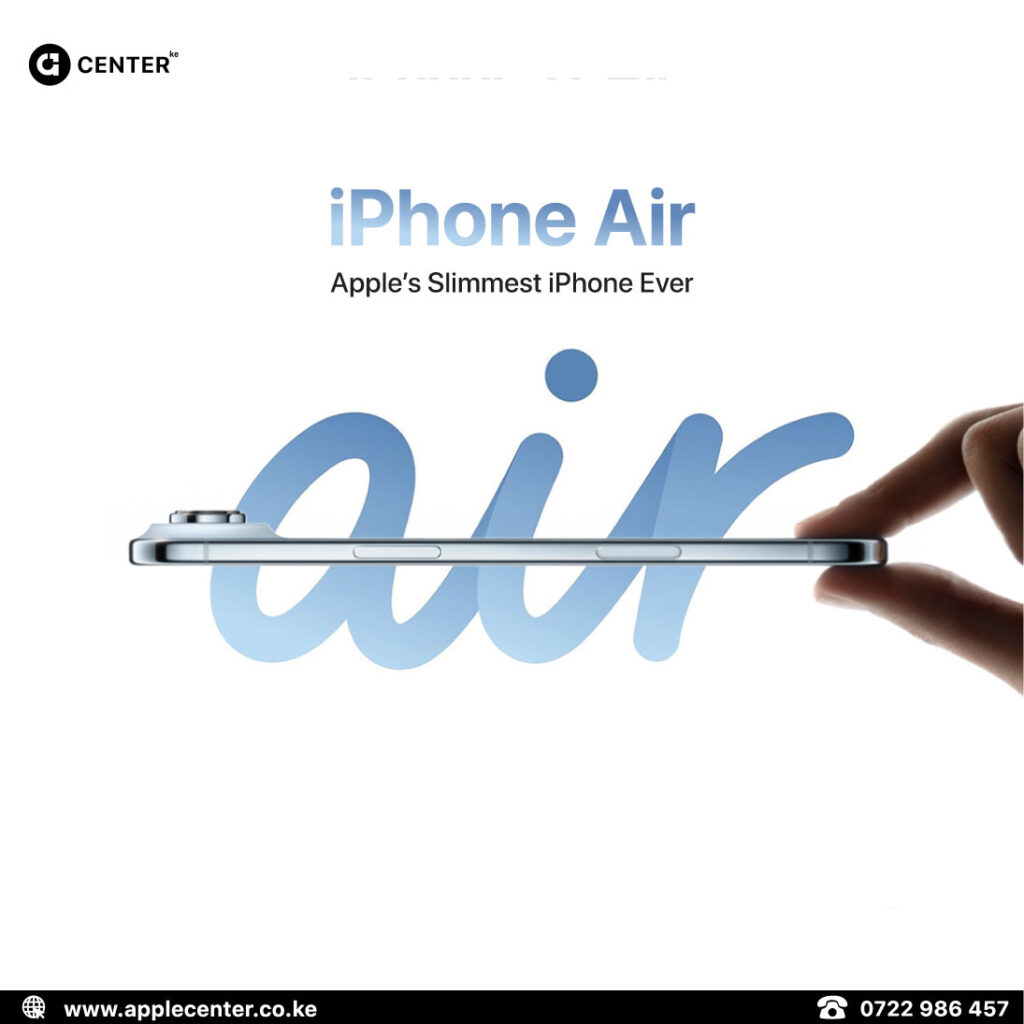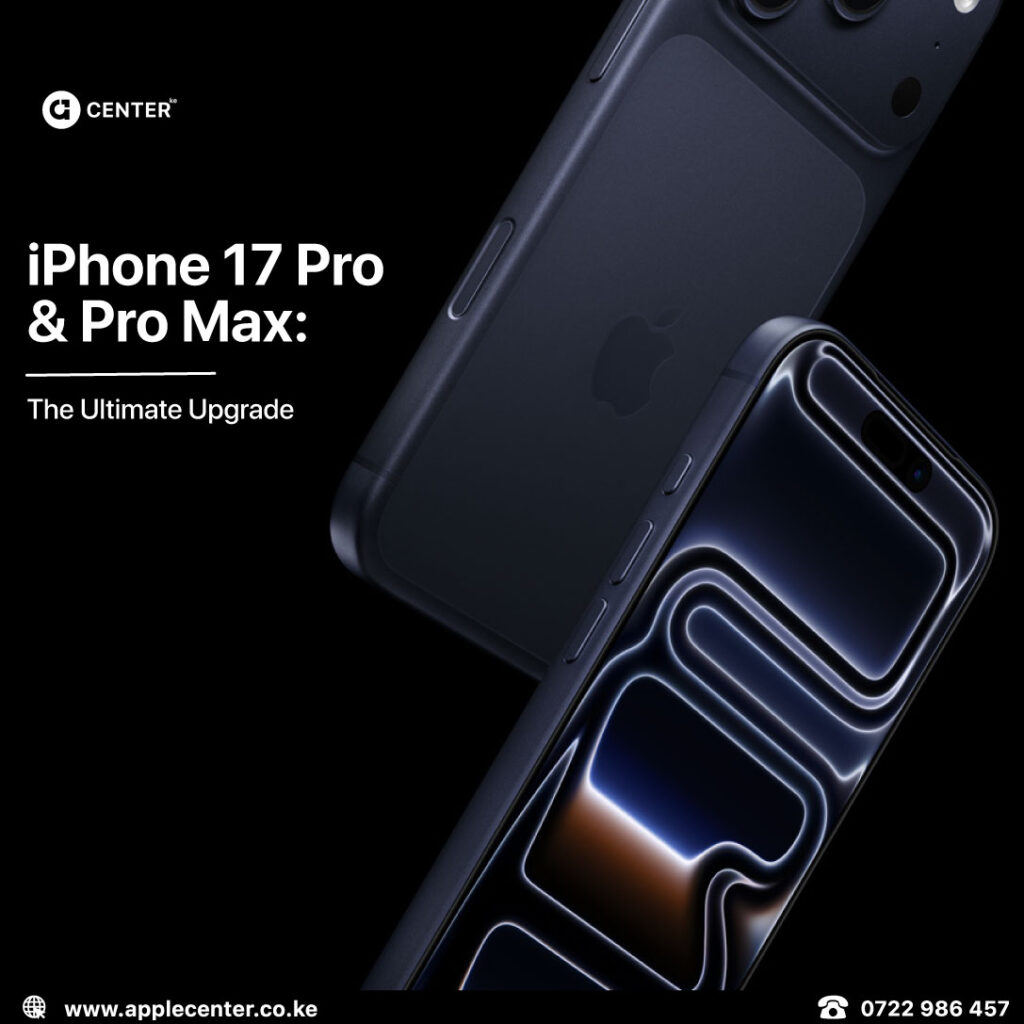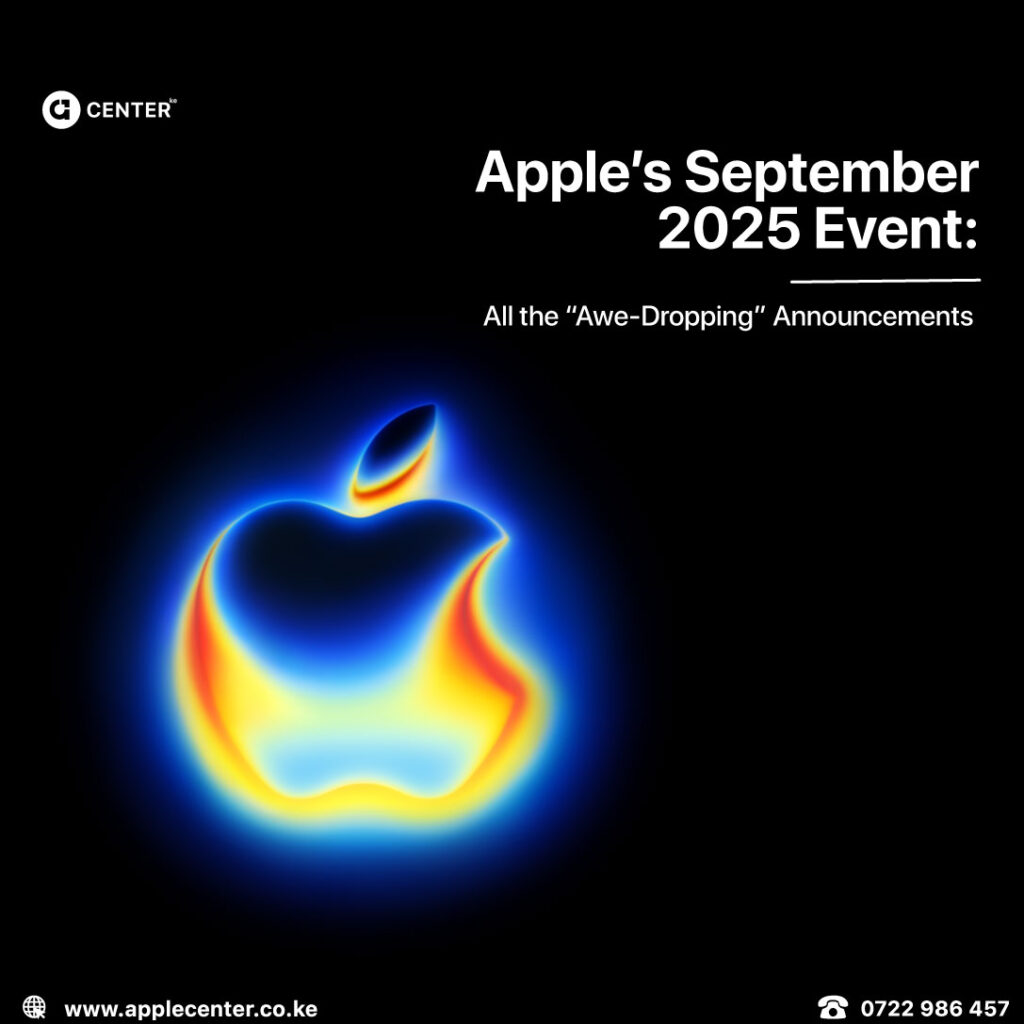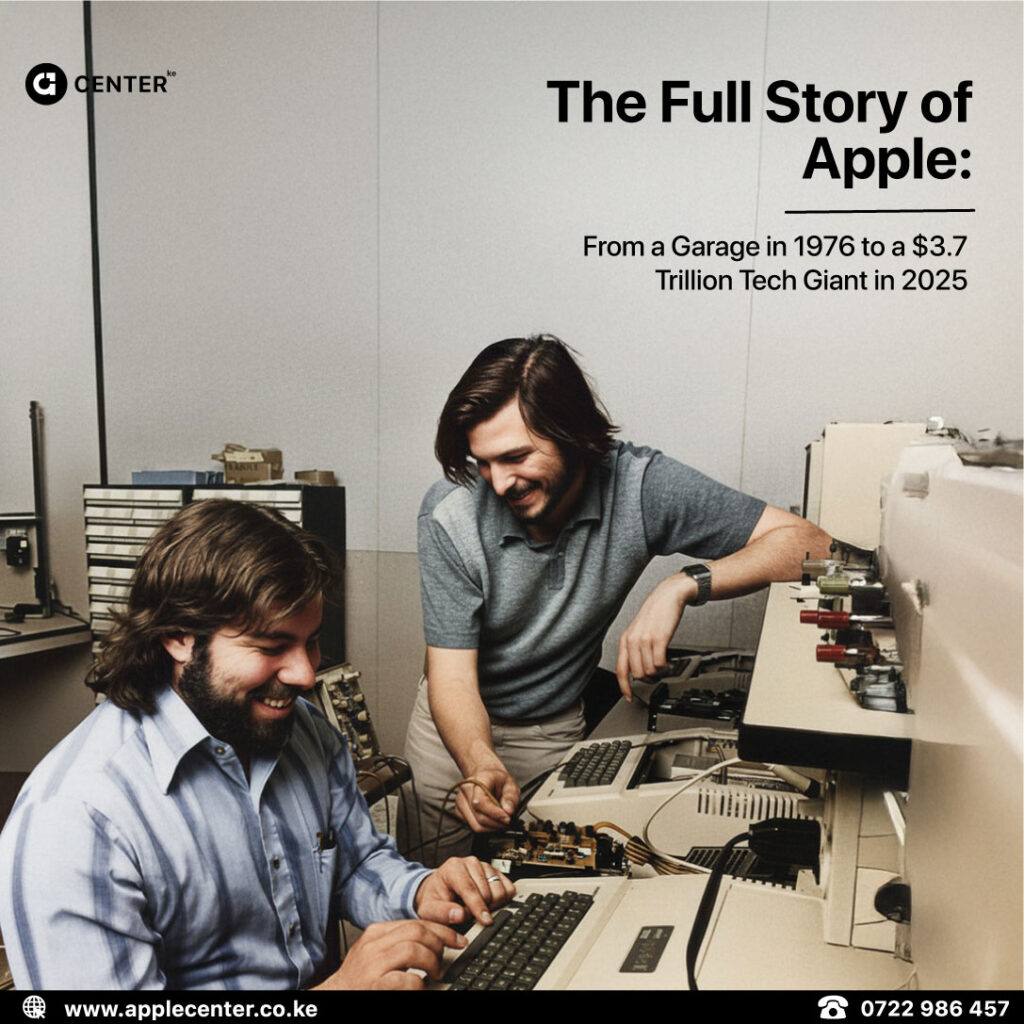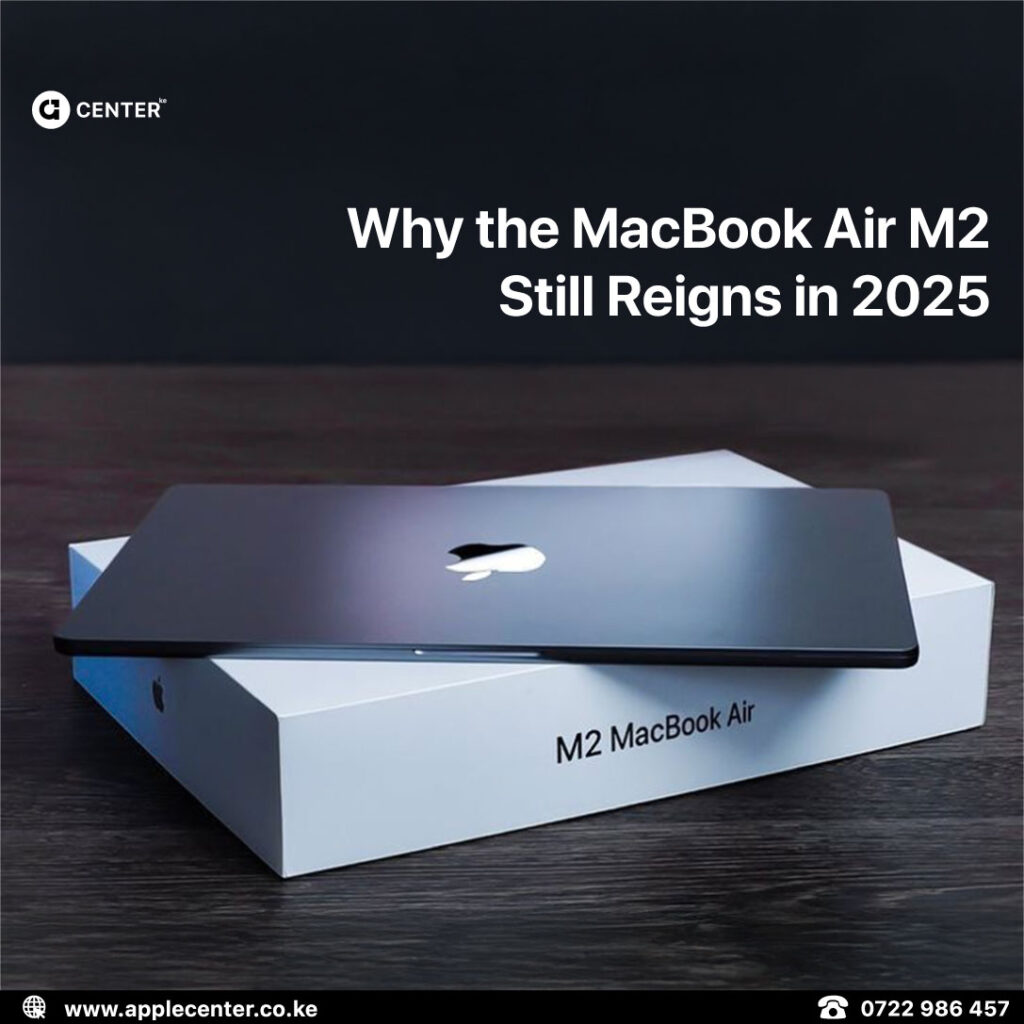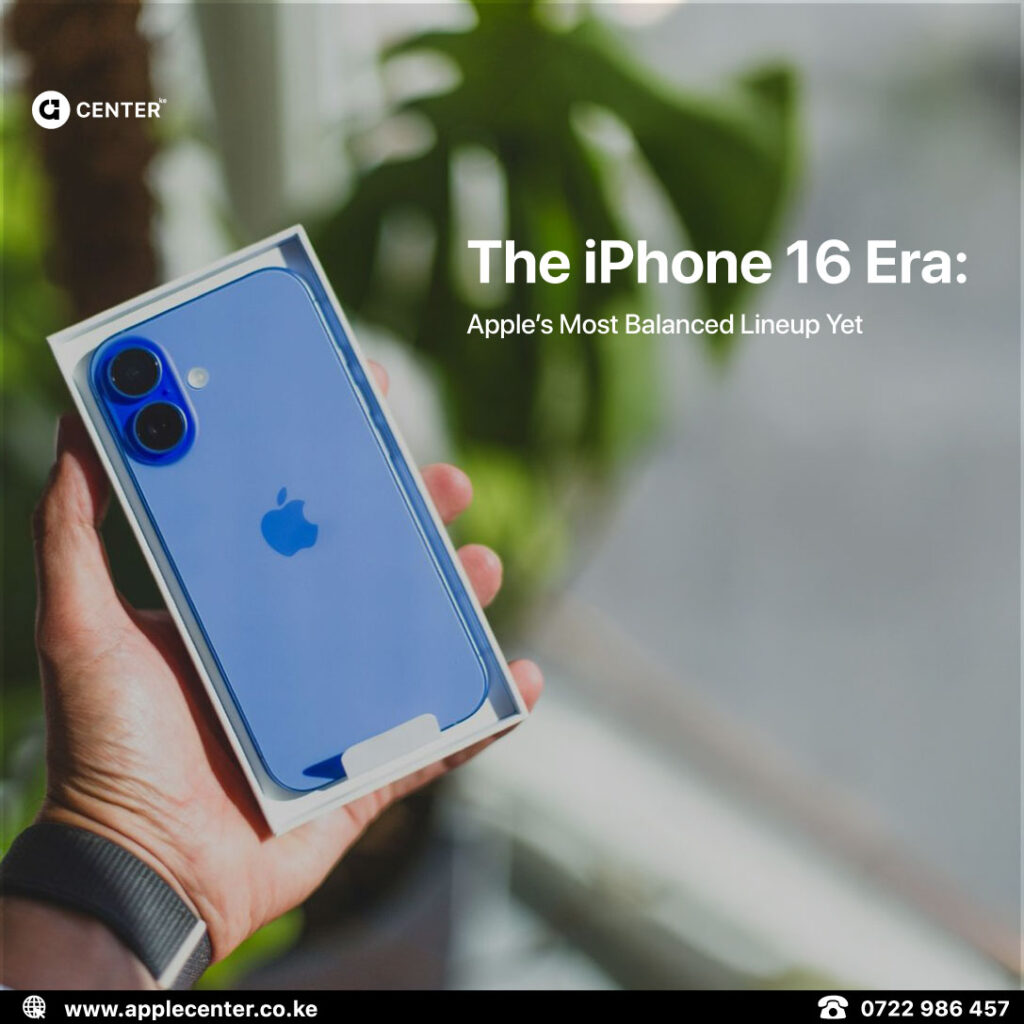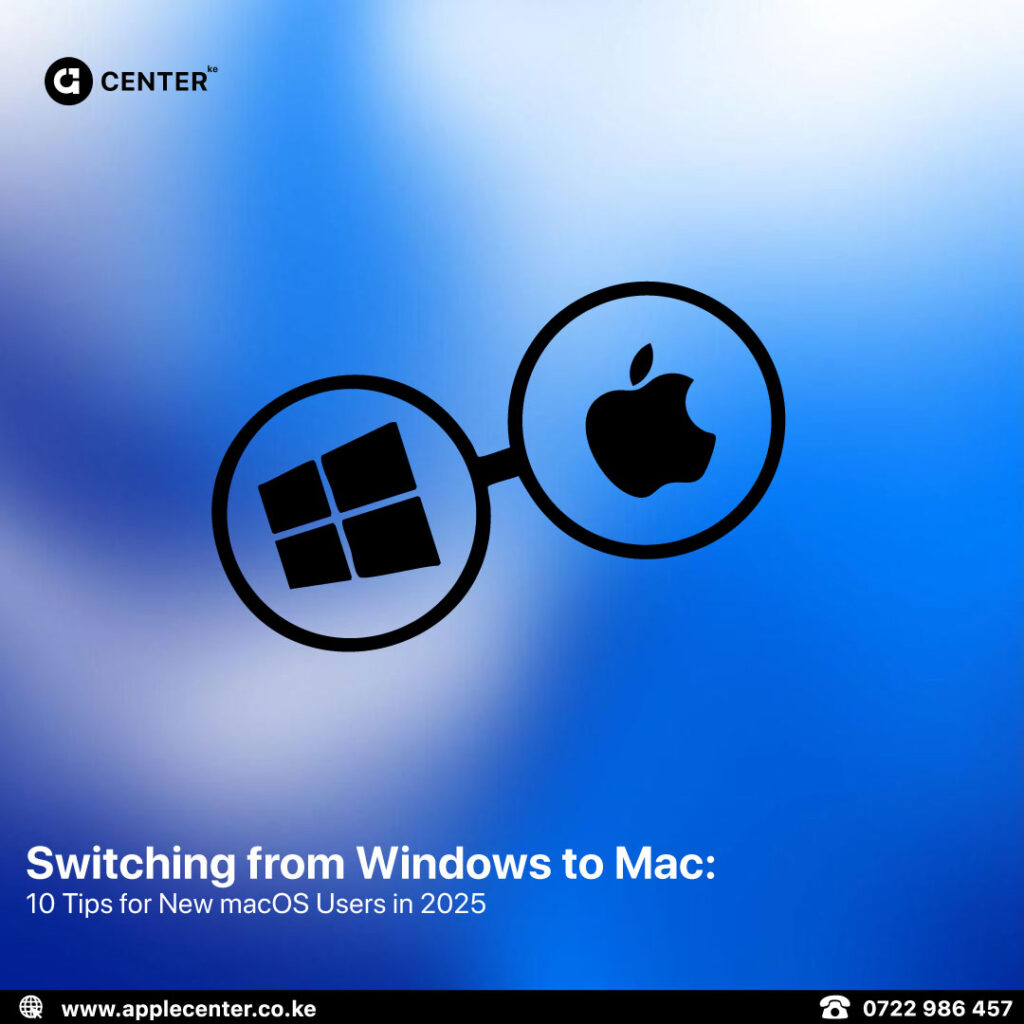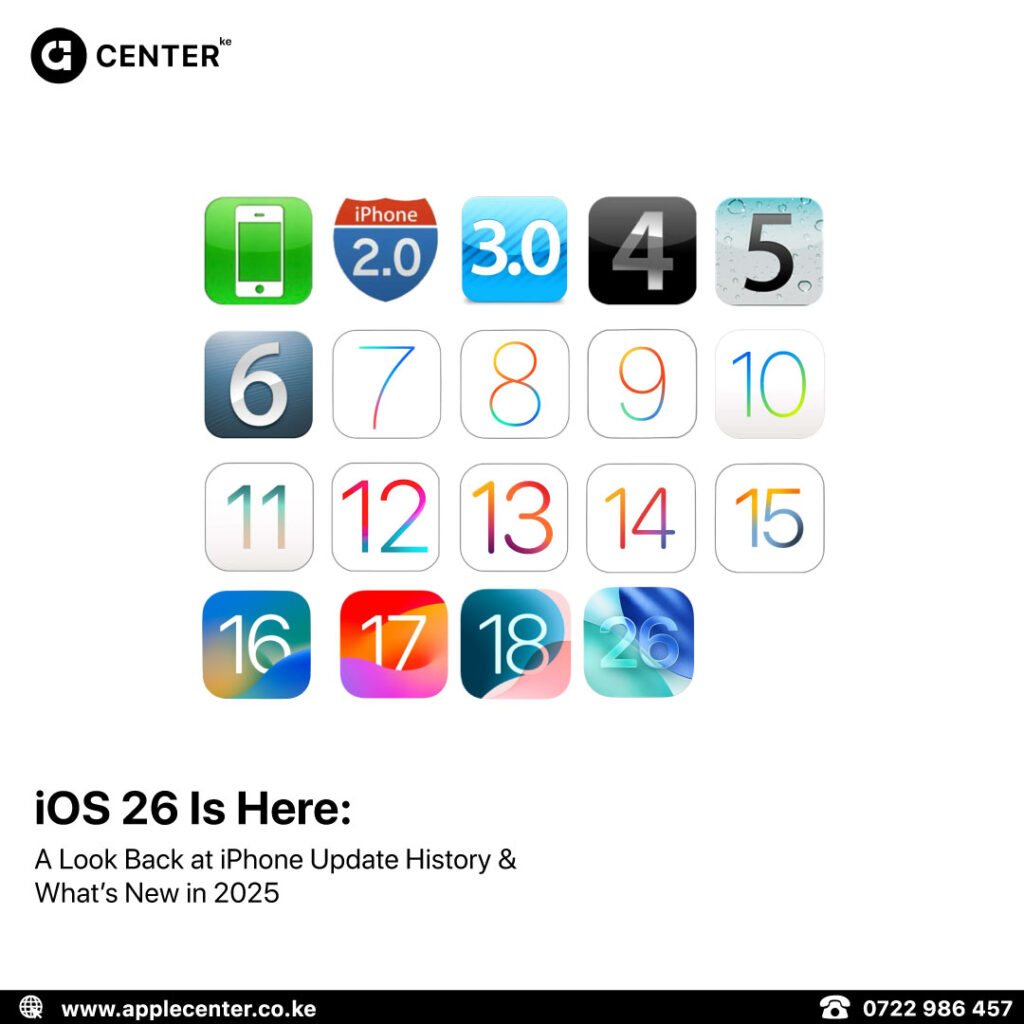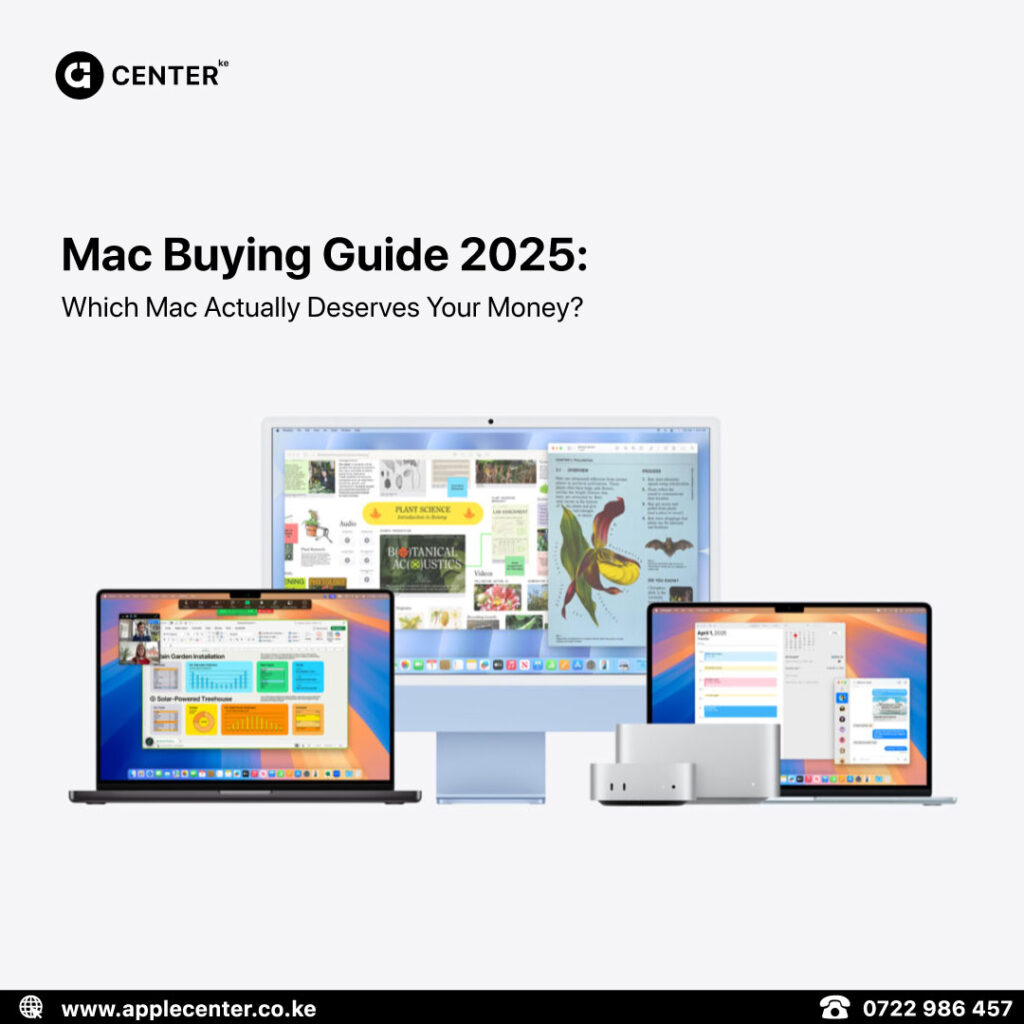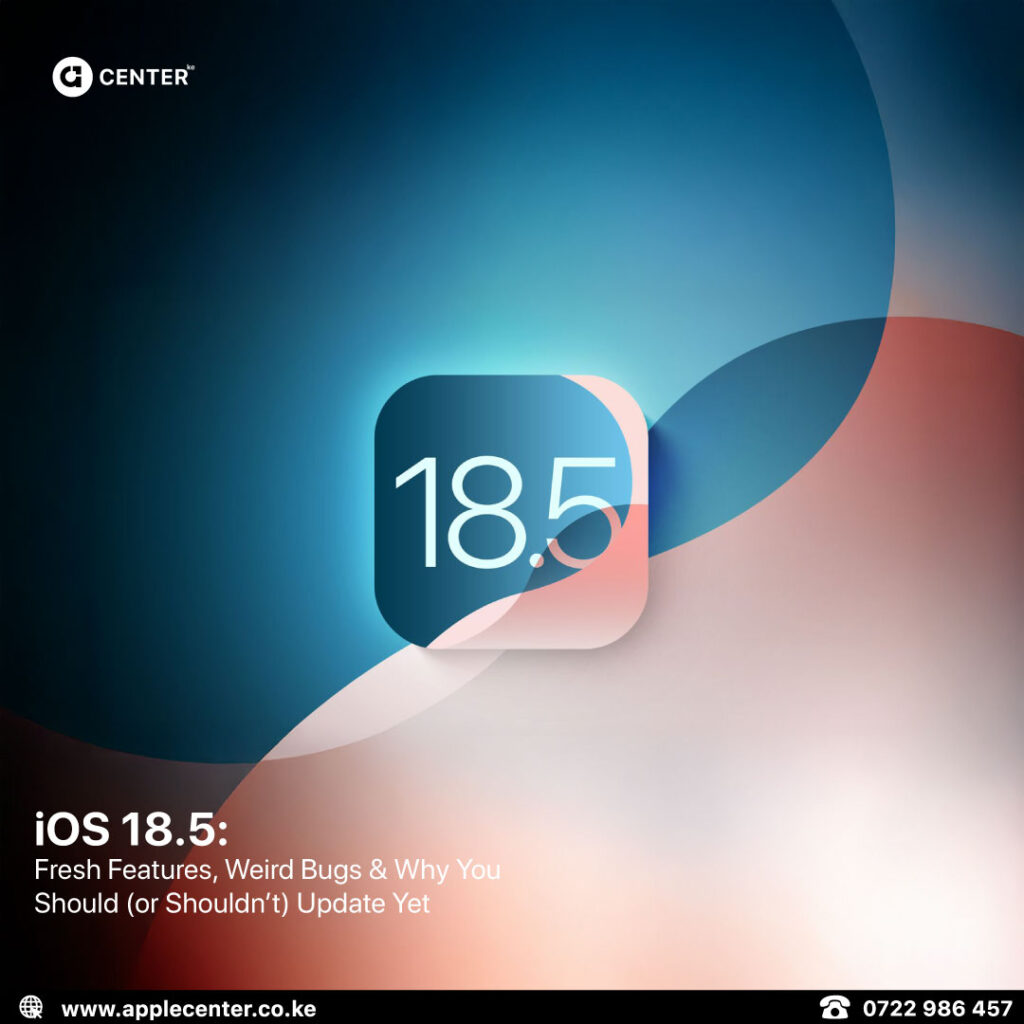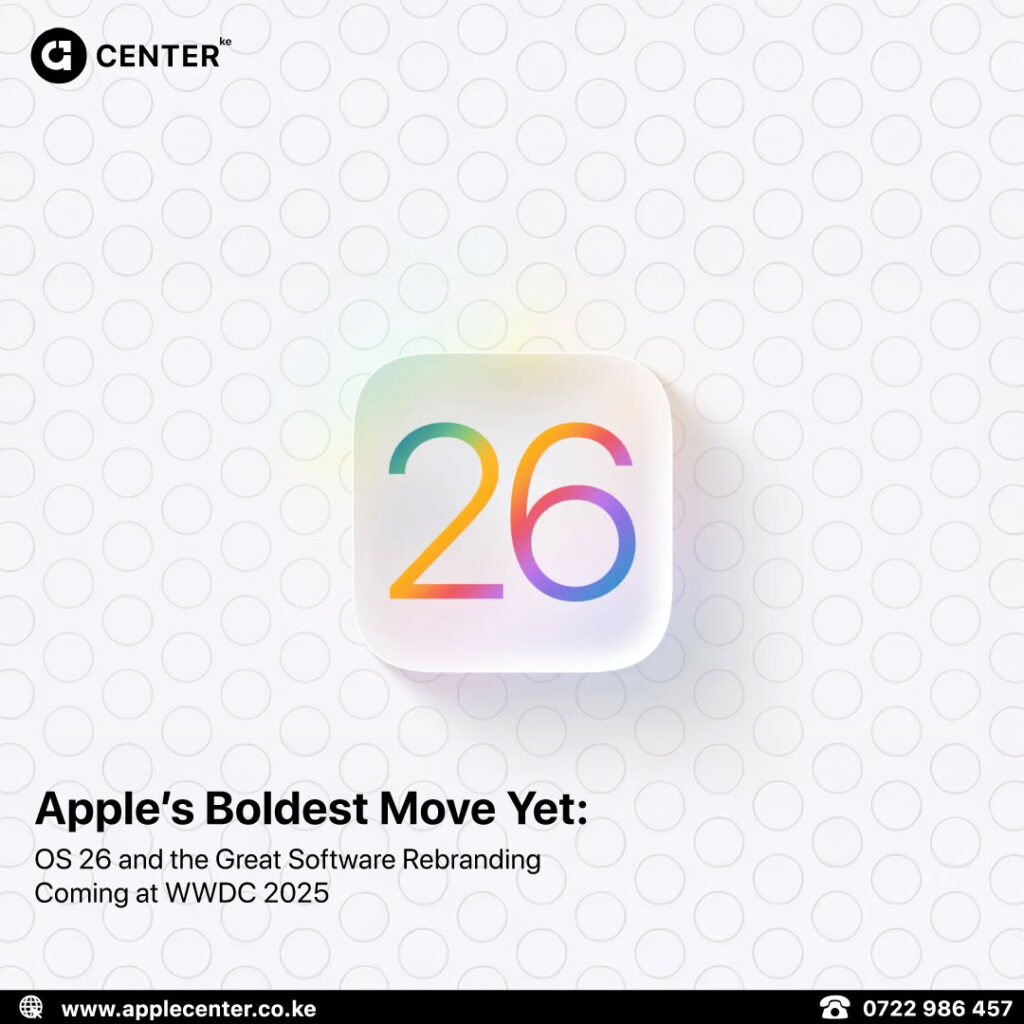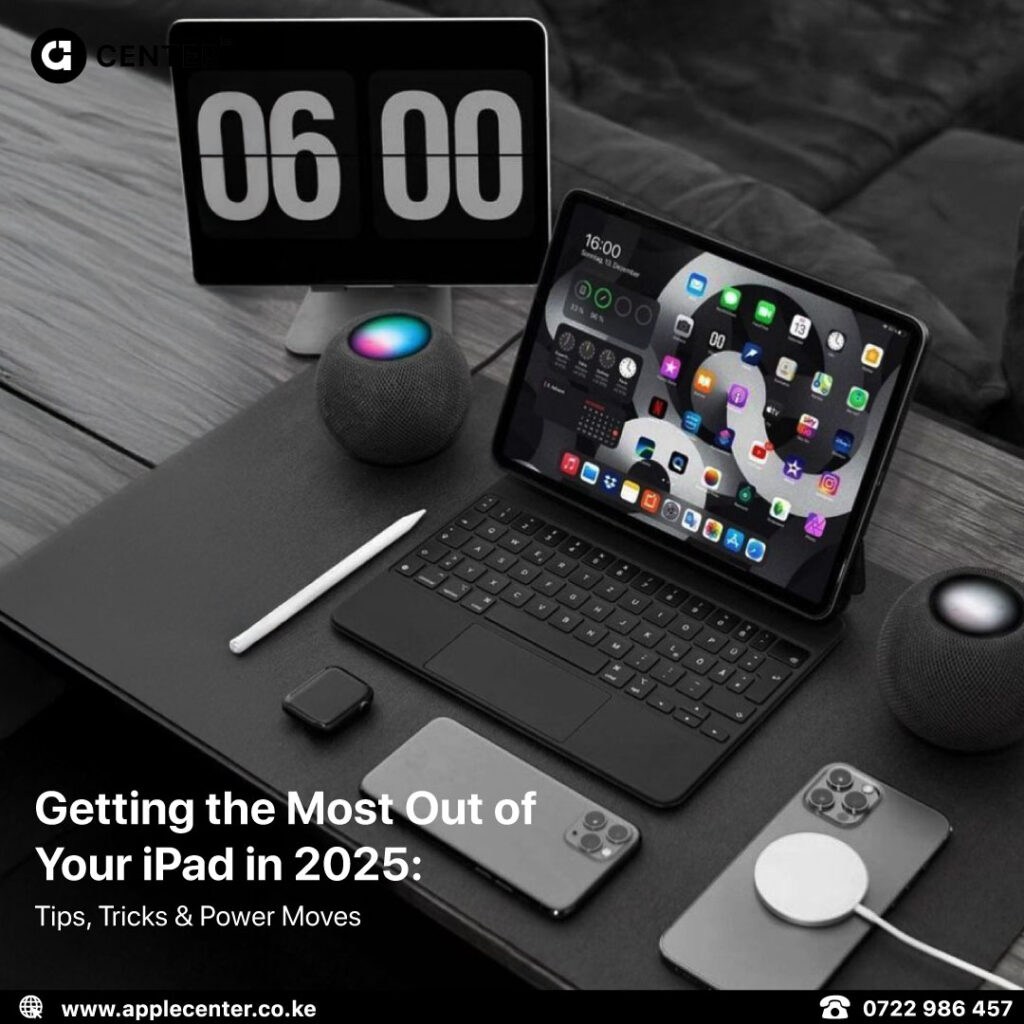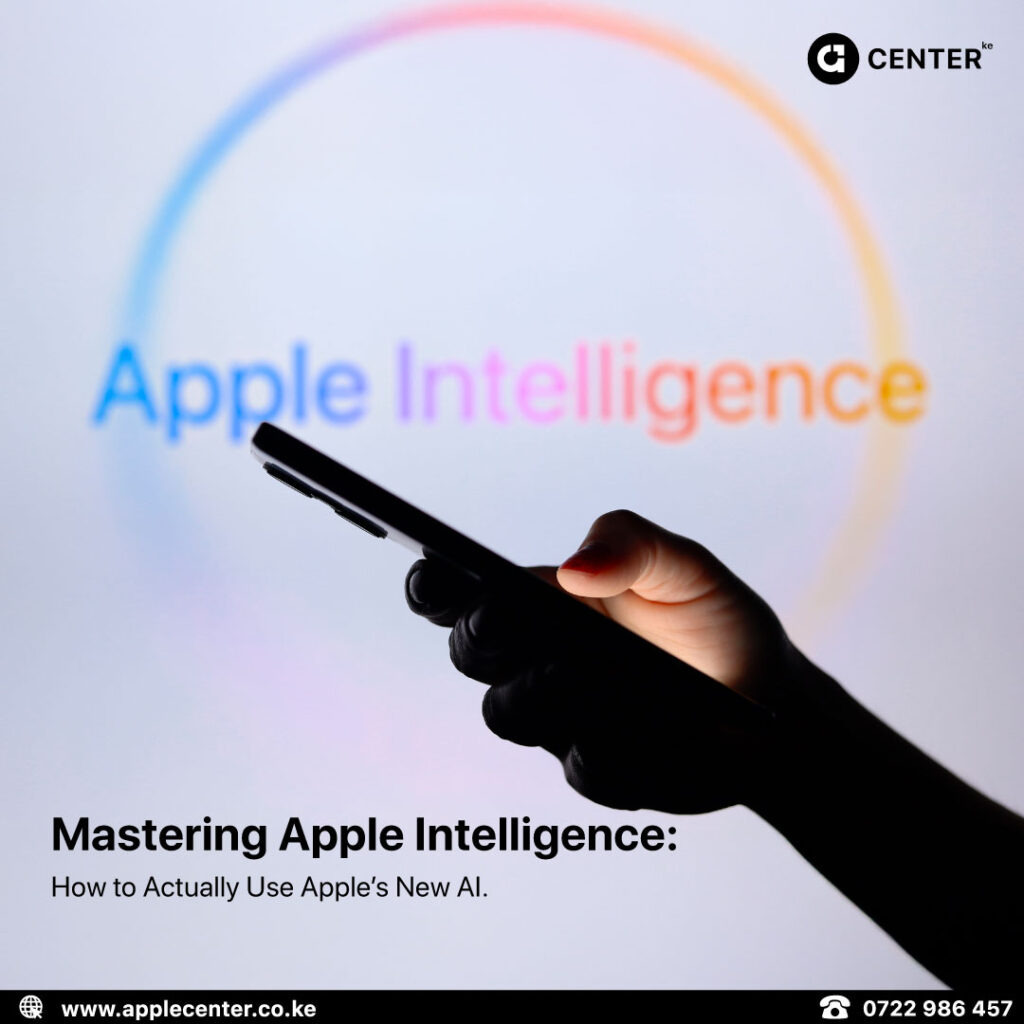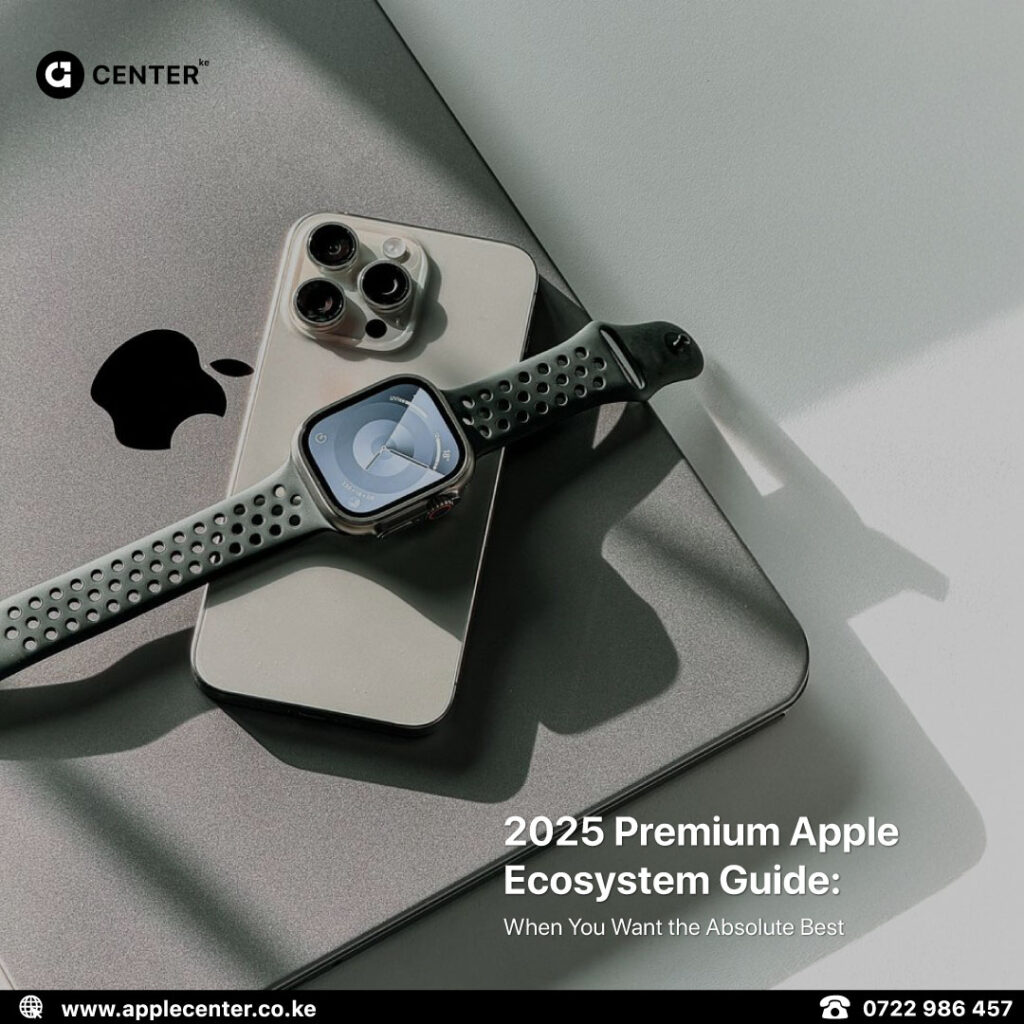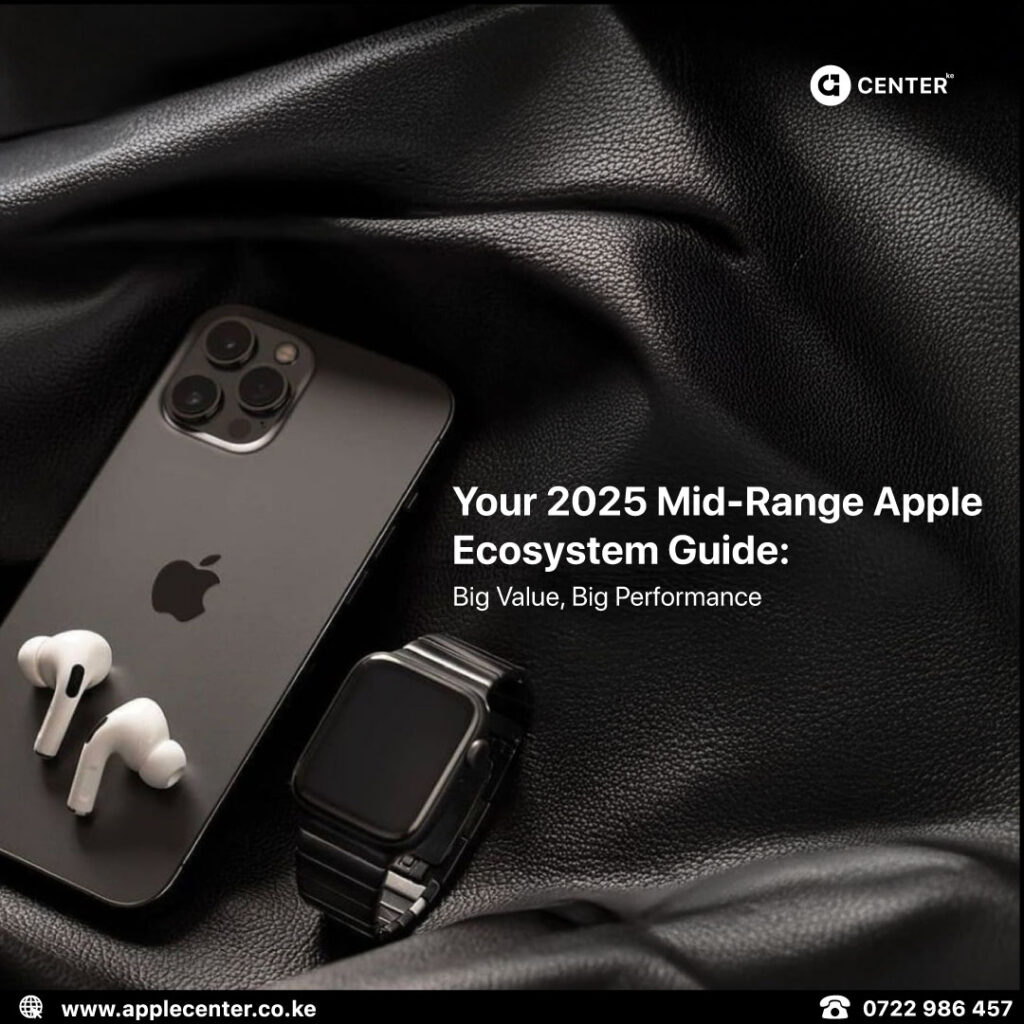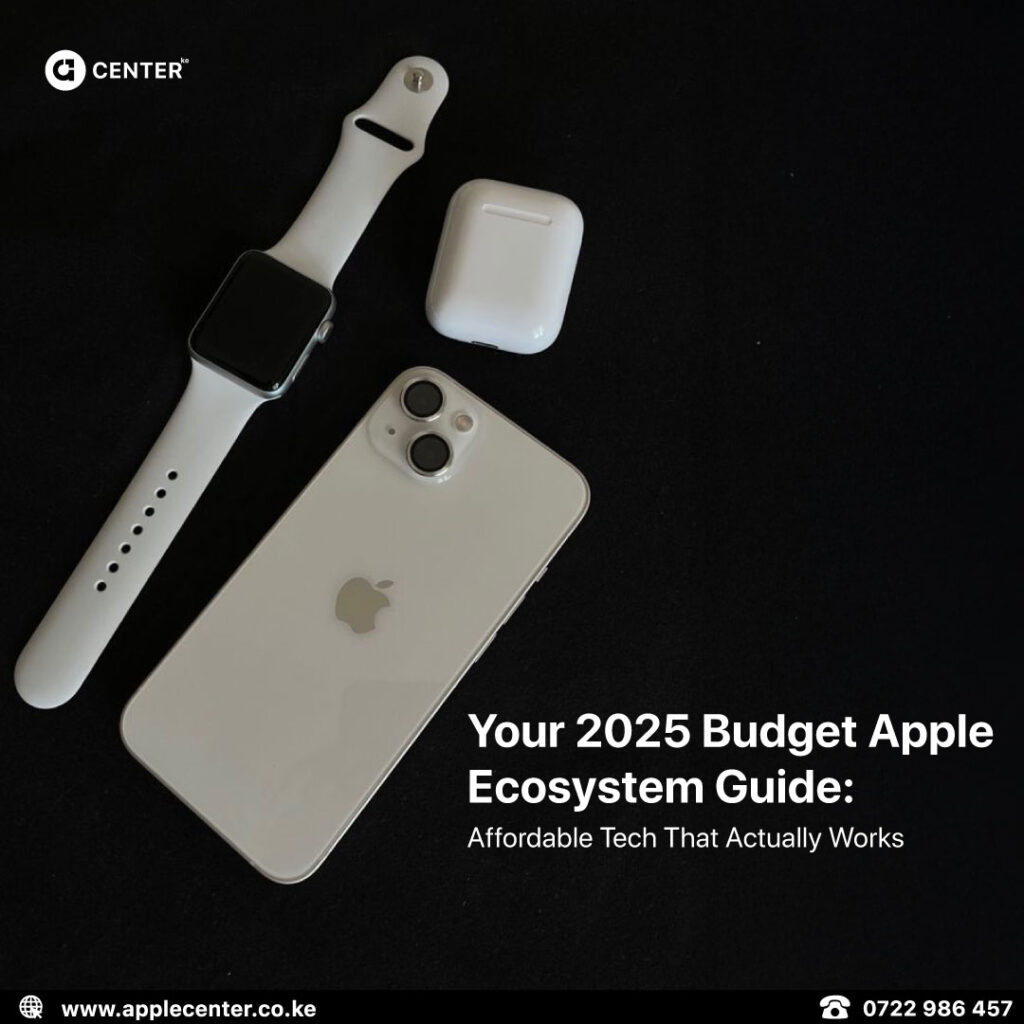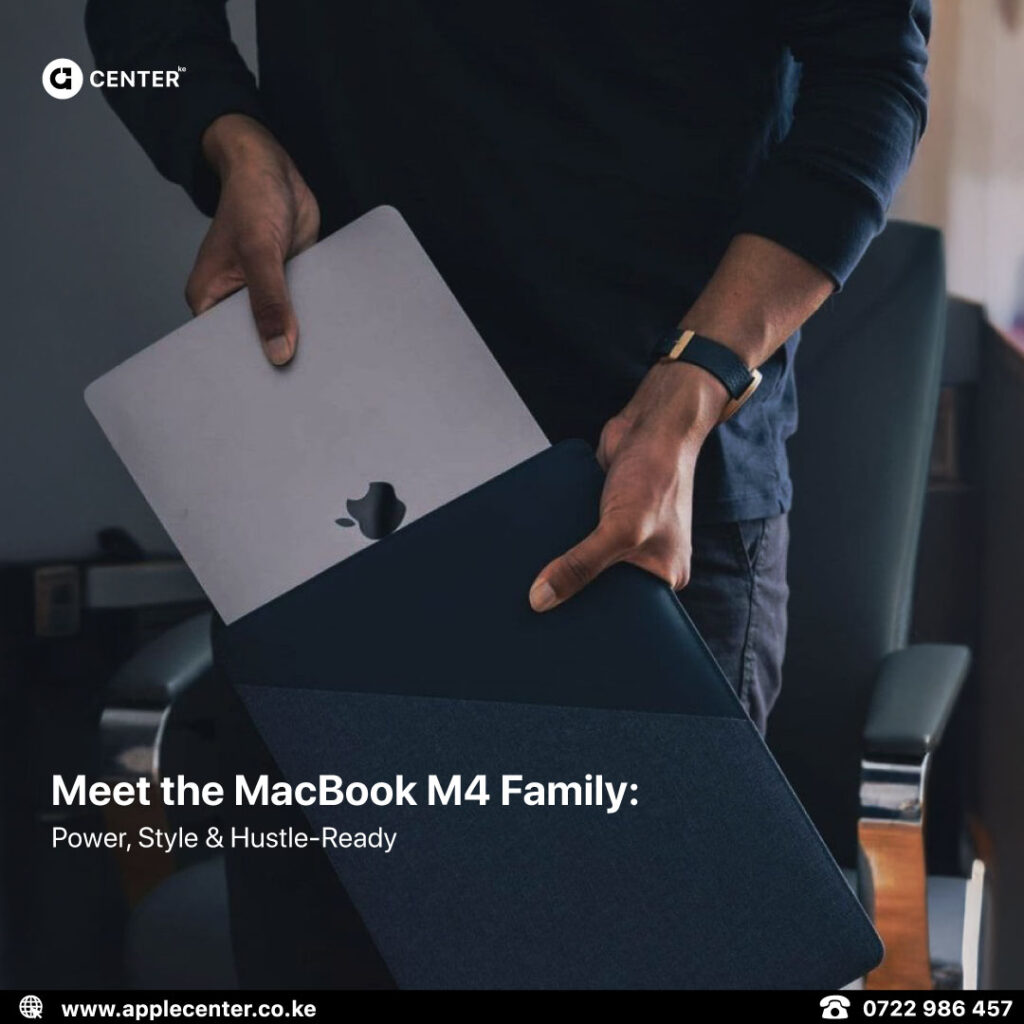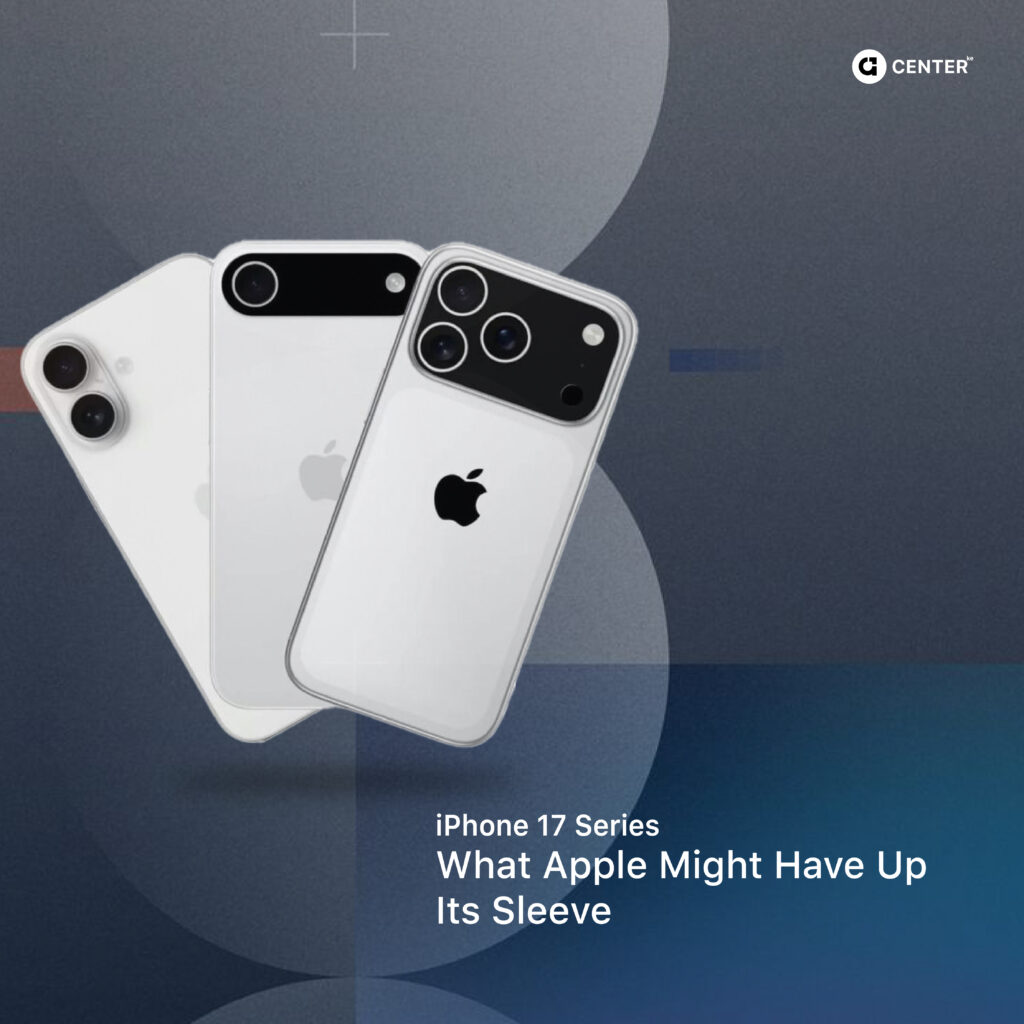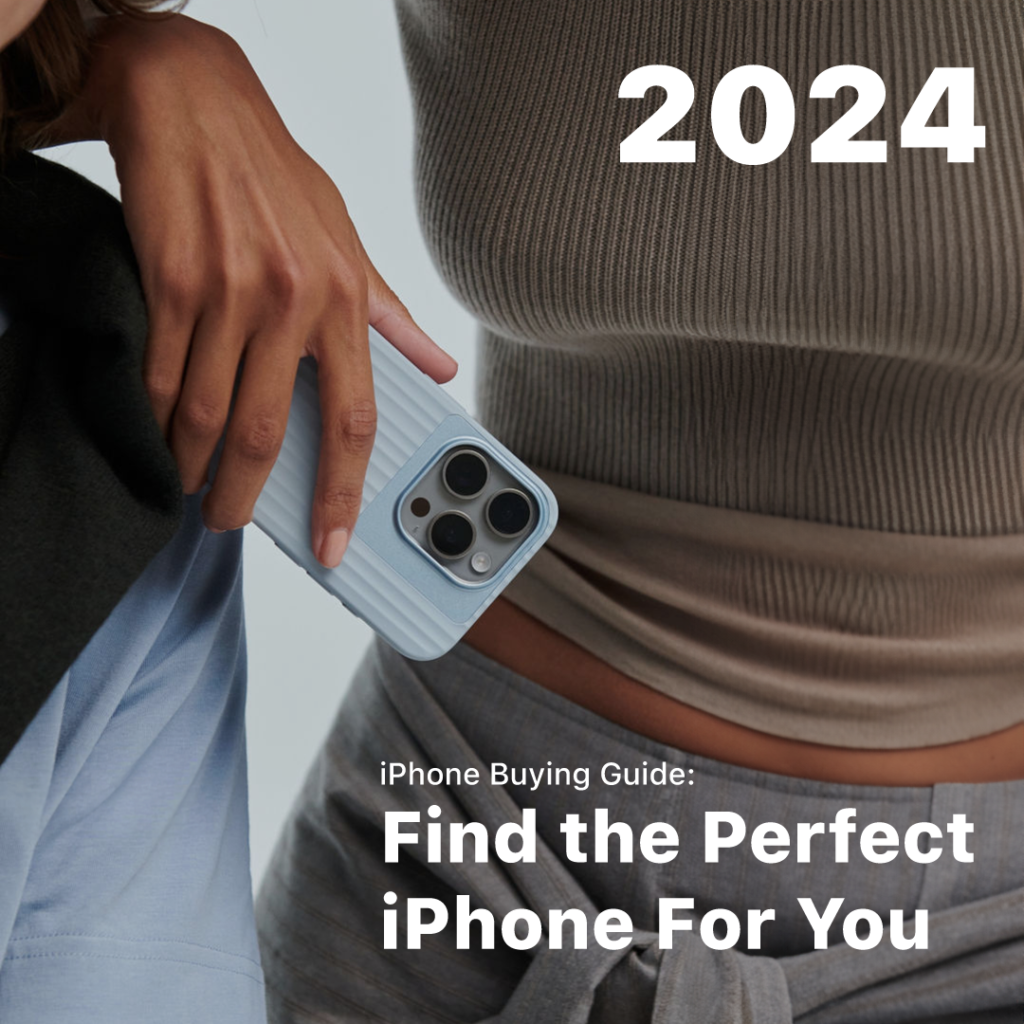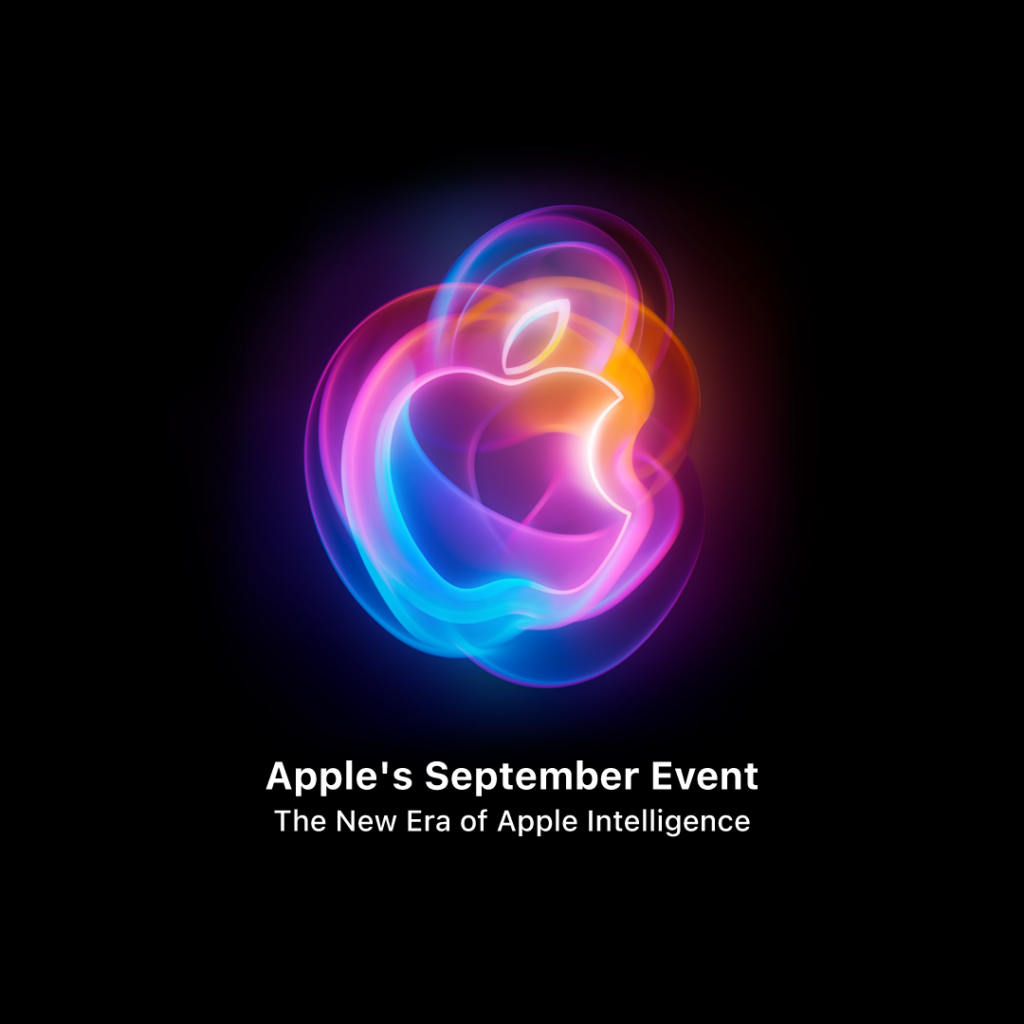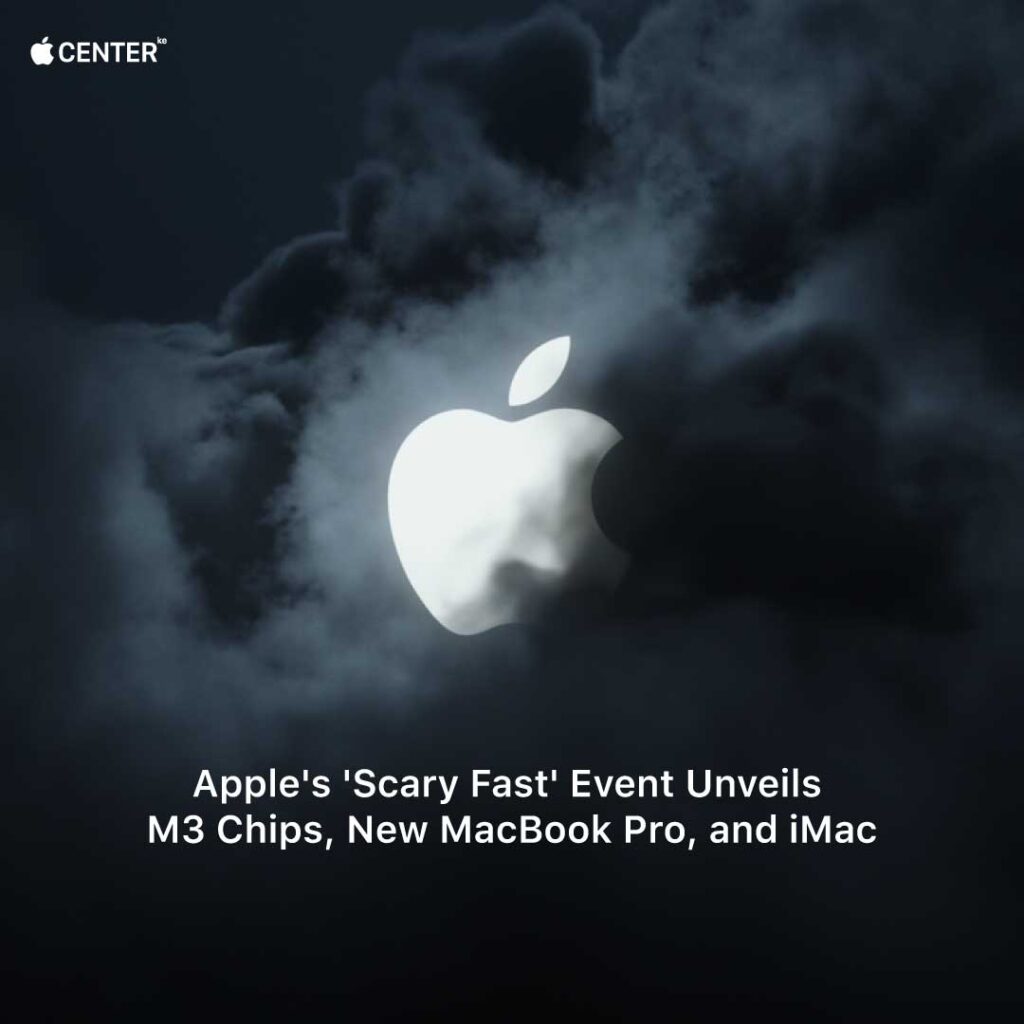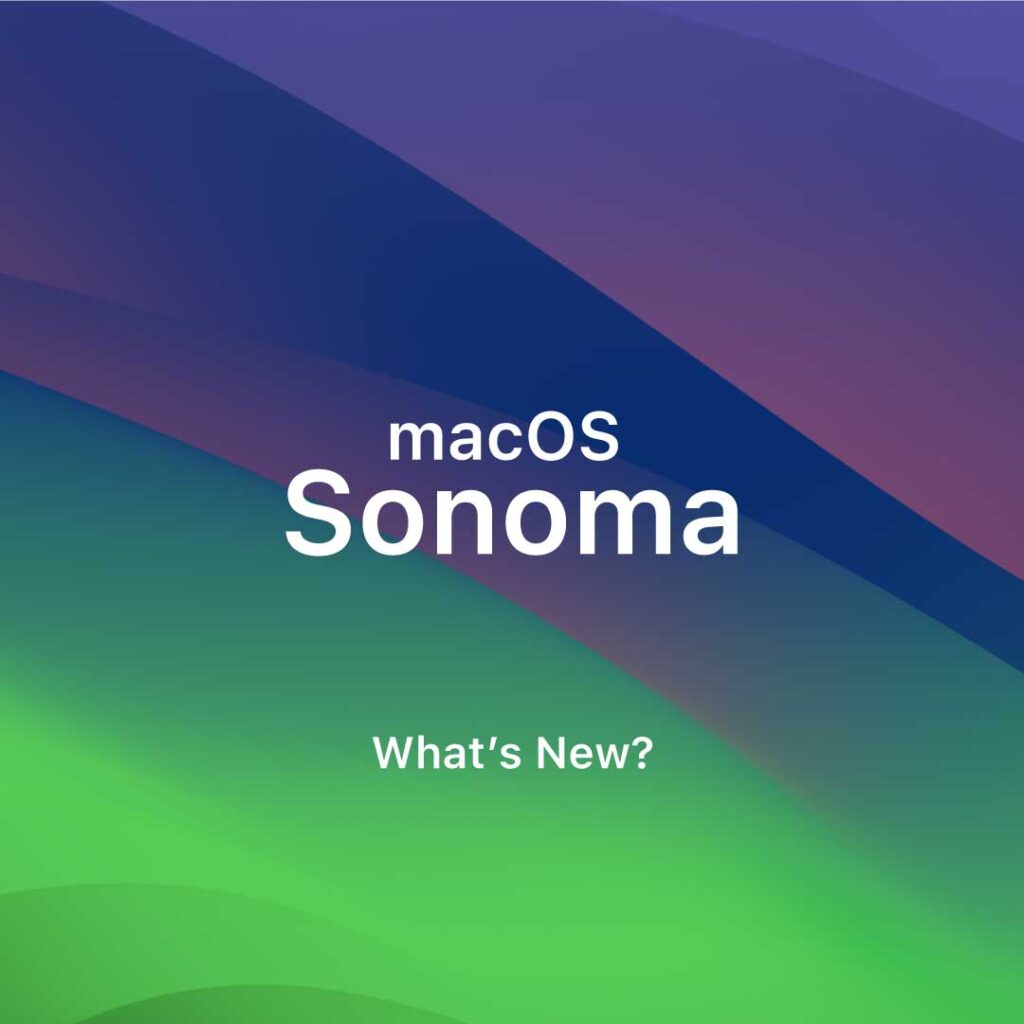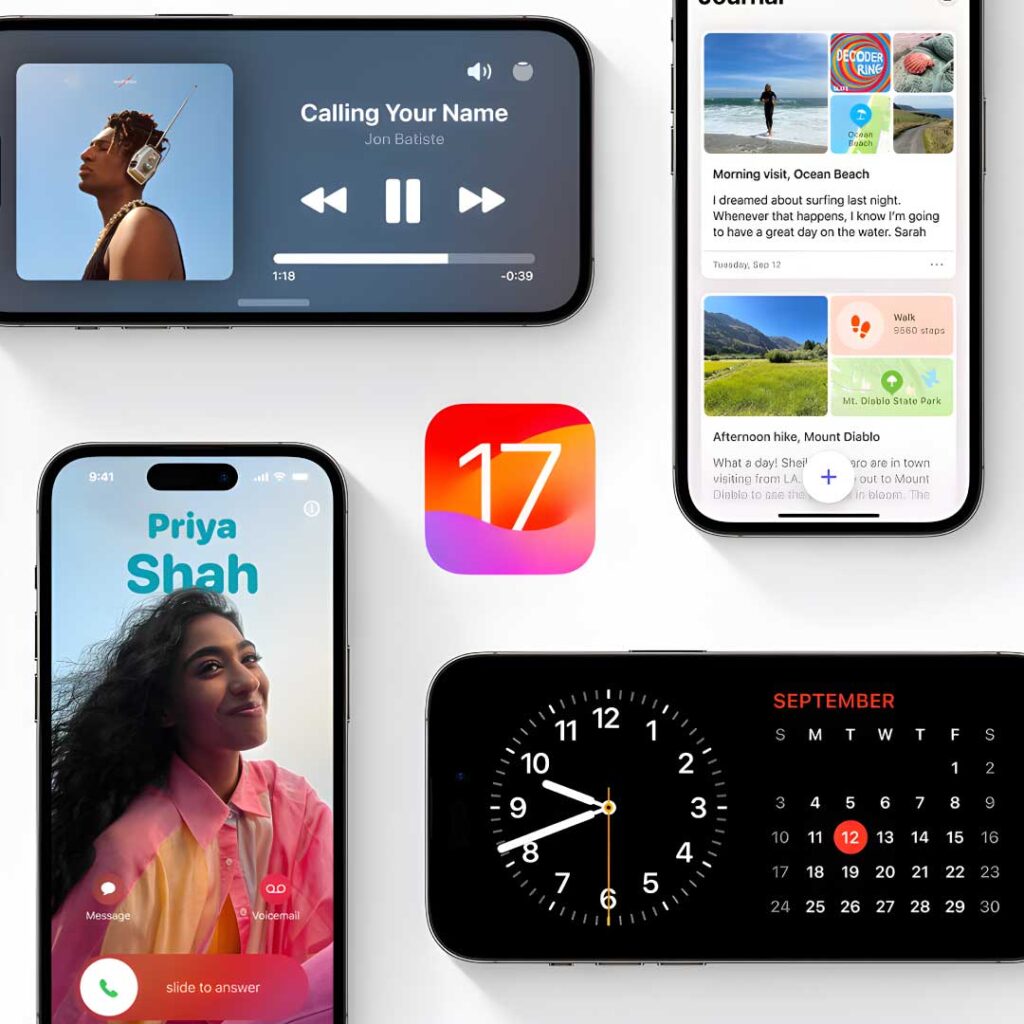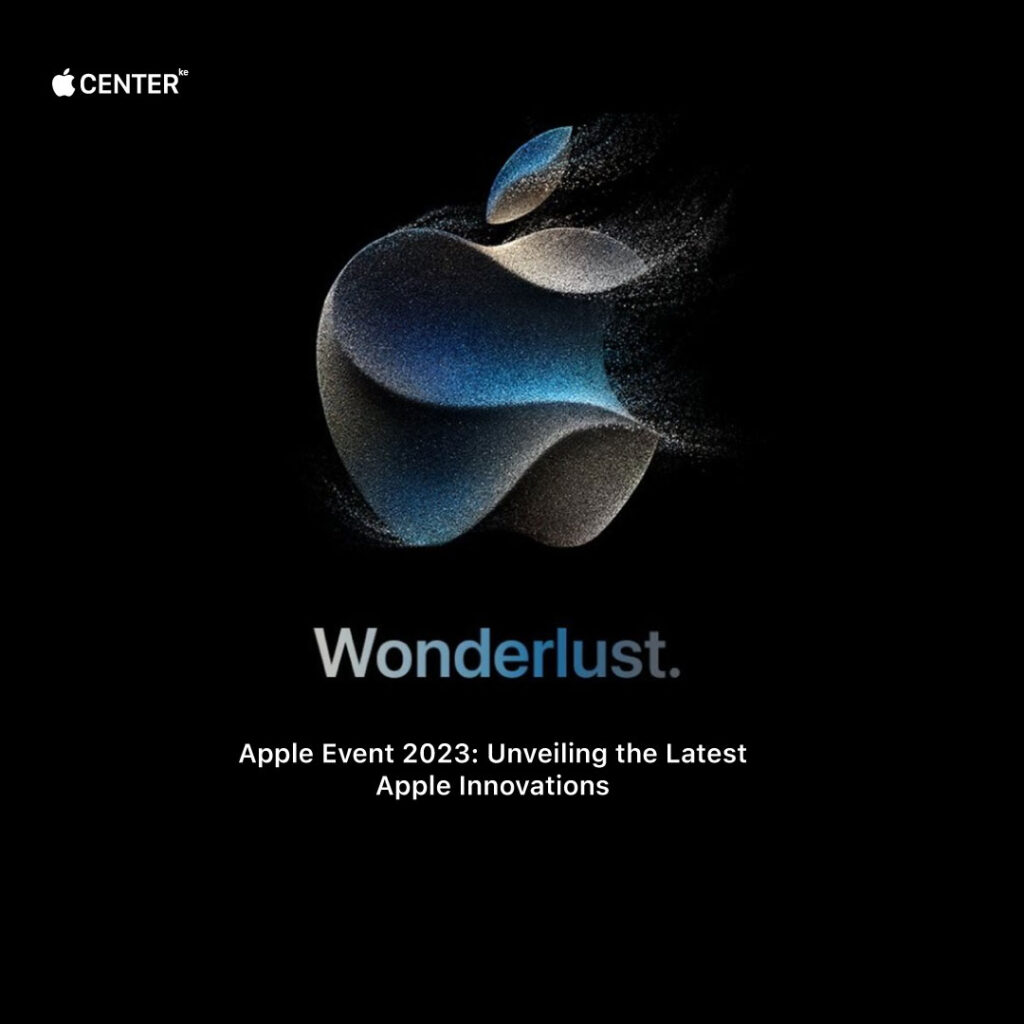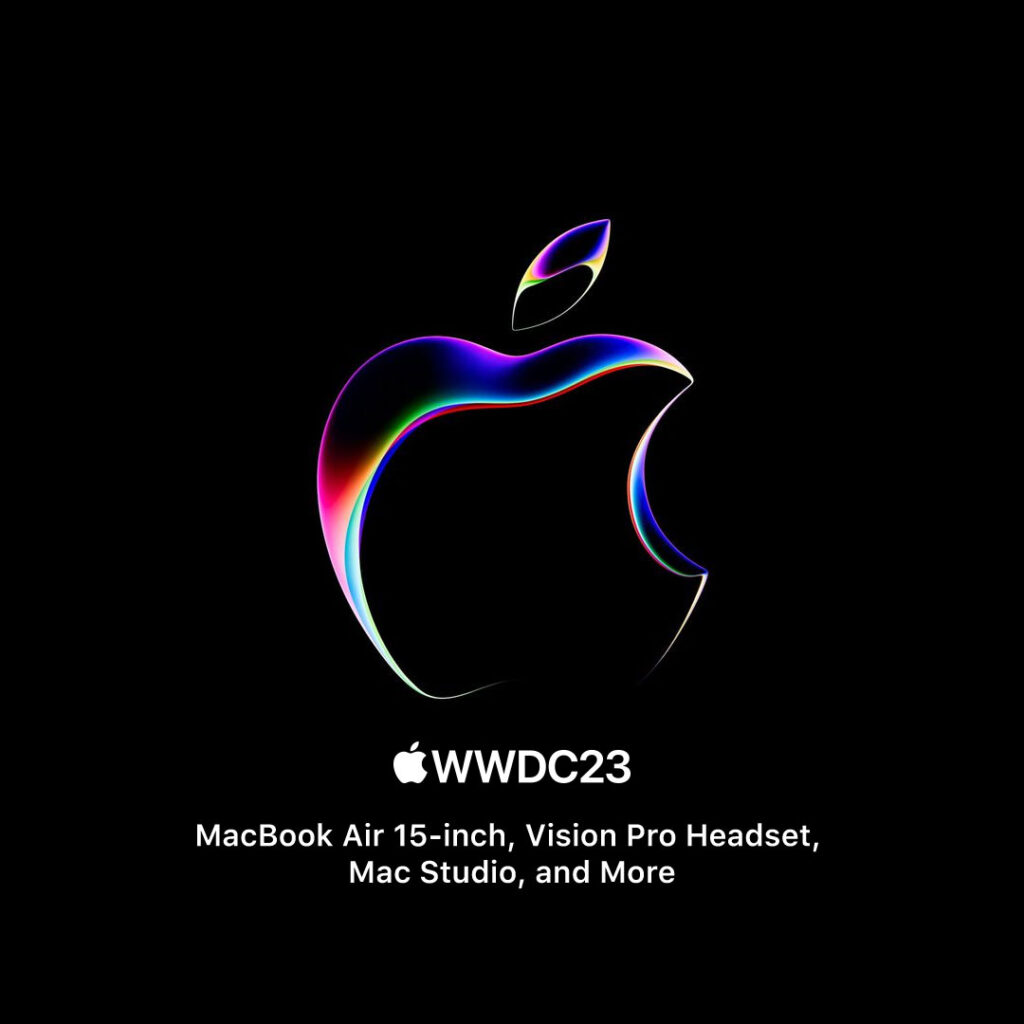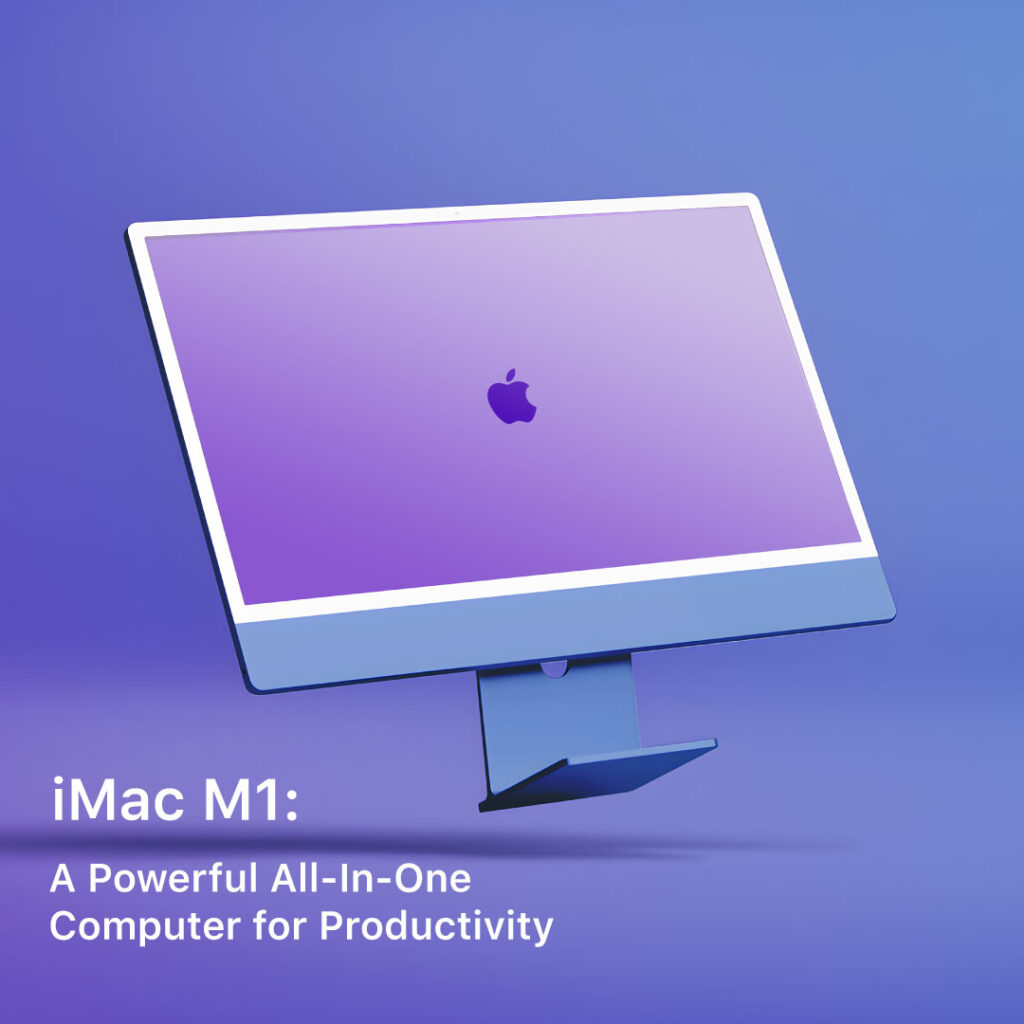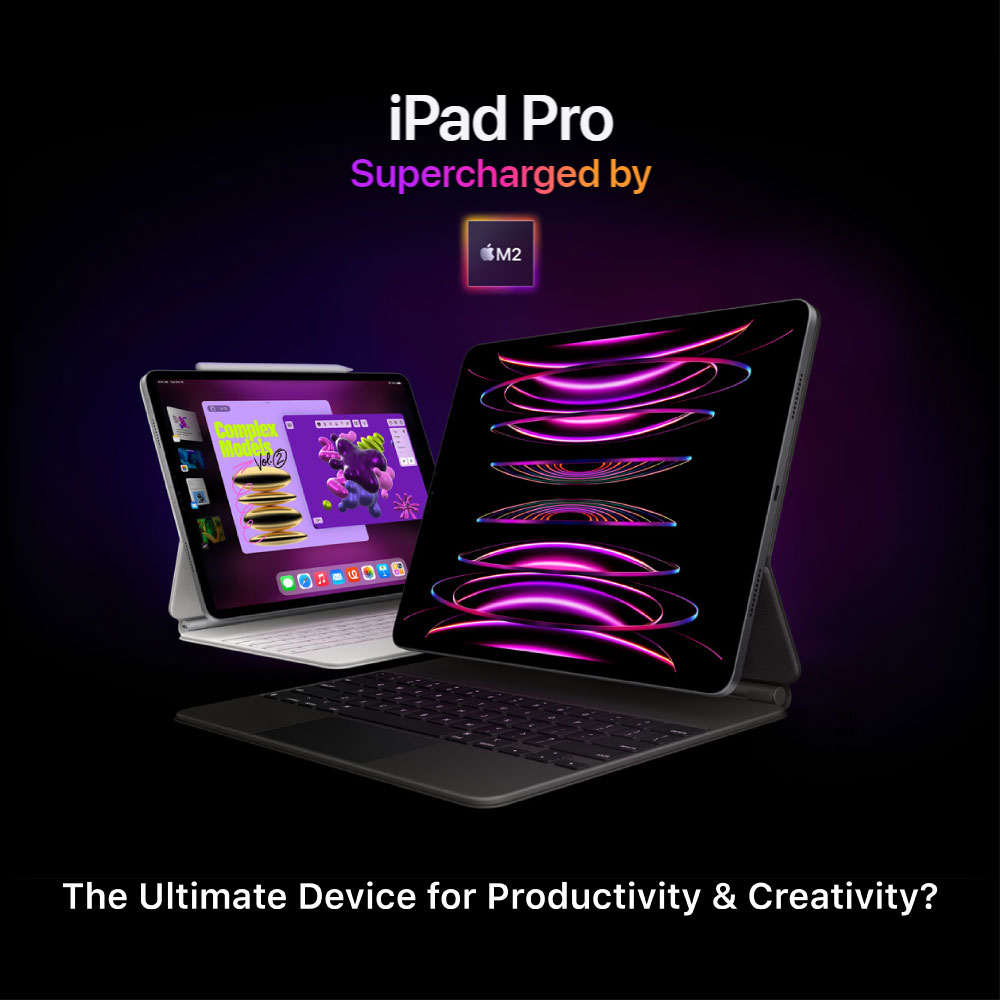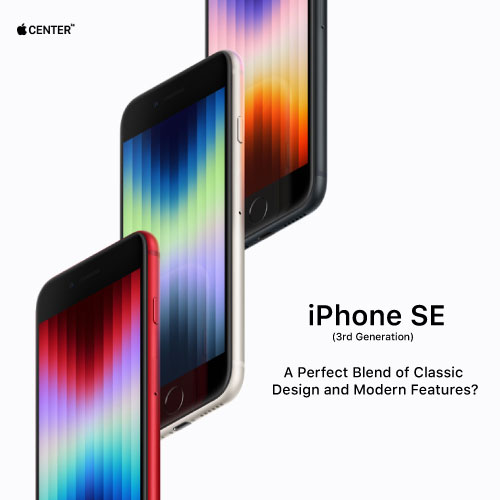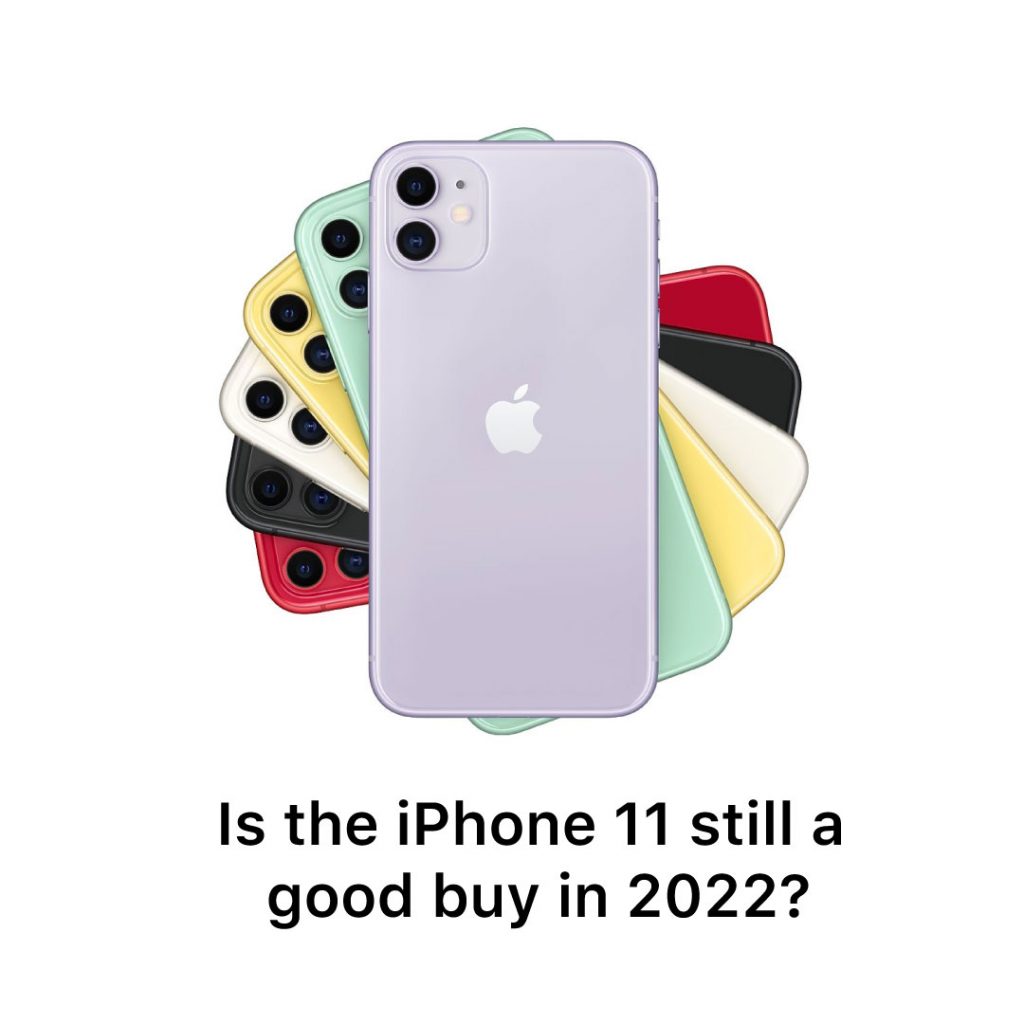When the late Steve Jobs held up the first iPad on stage in 2010, even the applause felt confused. “Is it a big iPhone? A laptop wannabe? A glorified Kindle?” Fifteen years later, those questions have been answered emphatically. Today, the iPad isn’t trying to be anything else it is the standard.
Whether you’re editing 4K video in Nairobi, sketching product mockups in Mombasa, or flipping between Zoom, Notes, and Safari during a boardroom pitch, there’s now an iPad for that. Let’s trace the iPad’s evolution year by year, chip by chip, and screen size by screen size from the 2010 original to the AI-enabled M3 machines of 2025.
The Regular iPad Series (2010–2025)
2010: The First iPad (Gen 1)
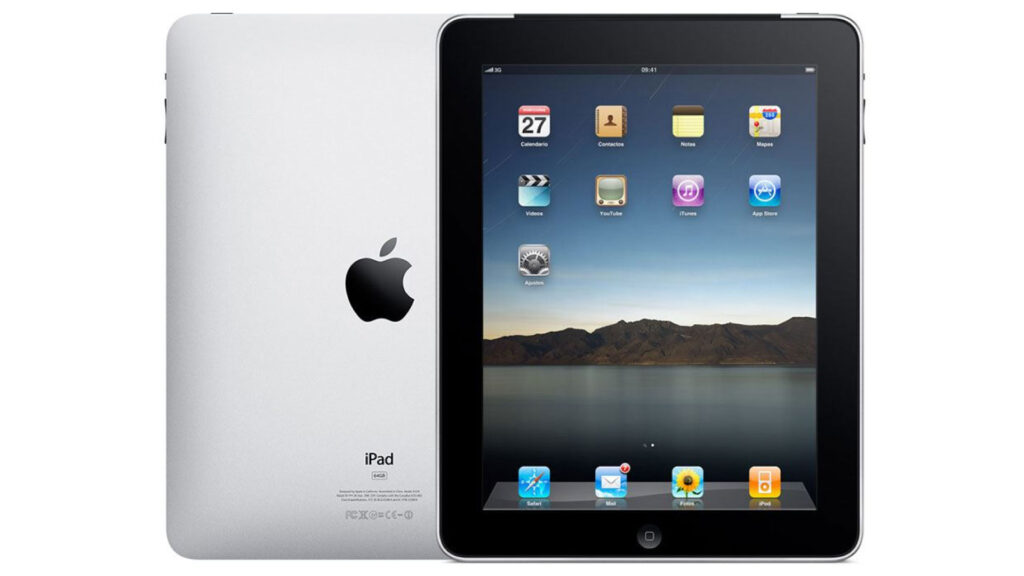
The original iPad launched in April 2010 with a 9.7-inch display, a single-core A4 chip, and 256MB RAM. It had no cameras, no multitasking, and weighed over 700g. But the real revolution was in the experience: buttery-smooth scrolling, full-screen reading, and apps designed for big touch.
It was an instant hit. Especially for Kenyan early adopters who wanted an Apple product without splurging on a MacBook.
2011: iPad 2
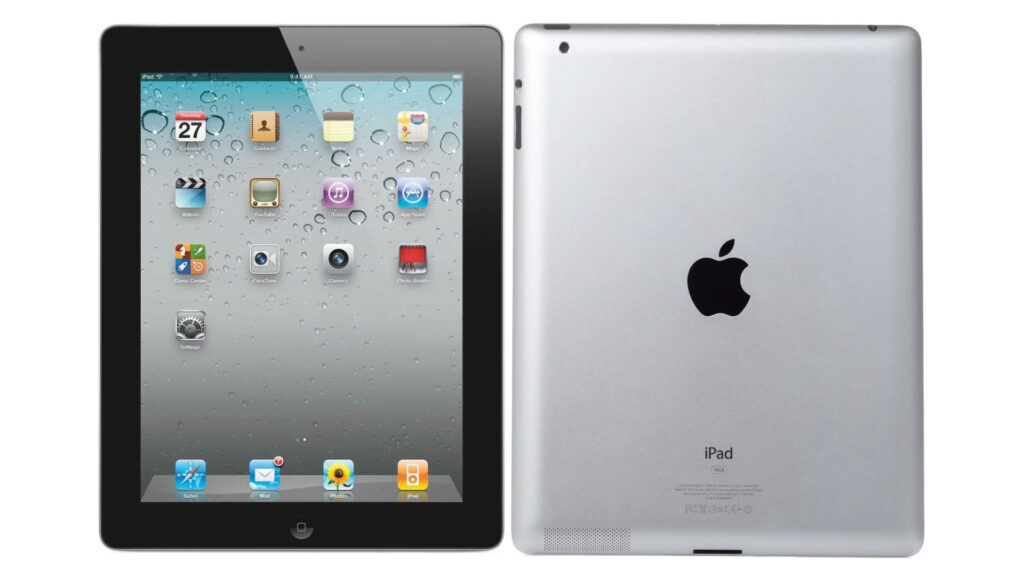
Apple followed up the original iPad with the iPad 2 in March 2011. It featured a much thinner and lighter design, a faster dual-core A5 chip, and finally front and rear cameras. FaceTime arrived on the iPad, allowing video calls for the first time. With improved battery life and a new white color option, it became an instant hit, especially in education and business. In Kenya, this model became the go-to tablet in offices and classrooms, thanks to its better portability and reliability.
2012 (March): iPad 3 (aka “The New iPad”)
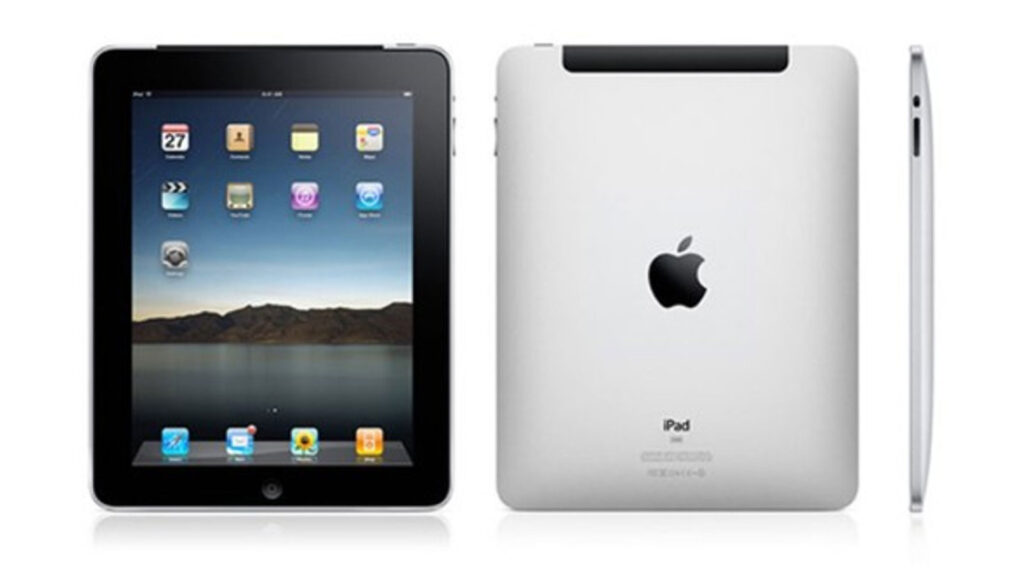
The third-gen iPad introduced the Retina display, arguably the biggest leap in iPad screen quality to date. It packed over 3 million pixels into a 9.7-inch display, driven by the A5X chip to handle the intense graphical load. It also came with a 5MP rear camera and support for LTE in select markets. But it was thicker and heavier, and critics noted the extra heat and battery strain. Still, it was a visual game-changer, and the Retina screen redefined expectations.
2012 (November): iPad 4
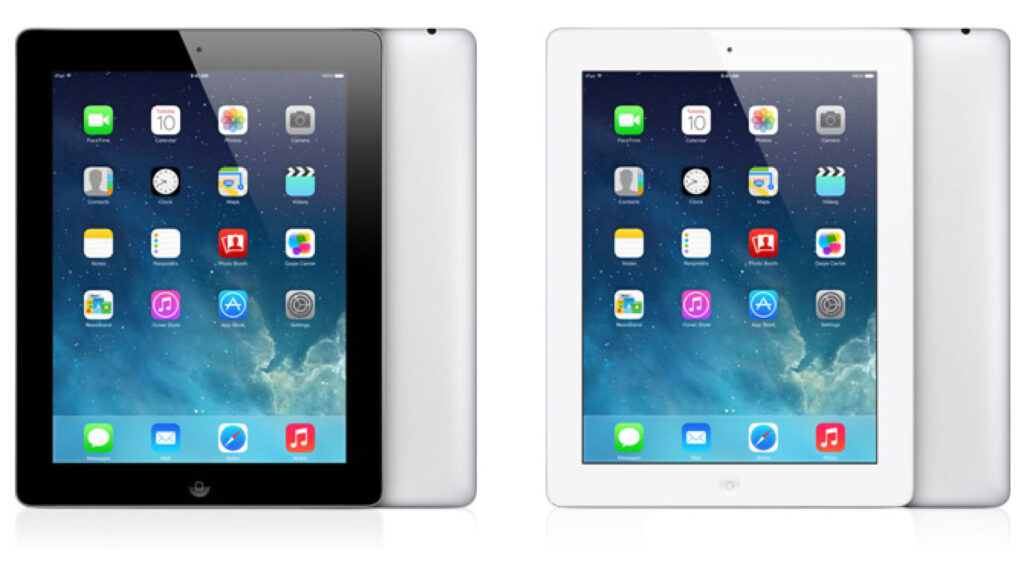
Just eight months after the iPad 3, Apple launched the iPad 4. The biggest change was under the hood: it introduced the A6X chip, which nearly doubled performance over the iPad 3. It also marked the arrival of the Lightning port, replacing the old 30-pin connector. For many users especially in Kenya it became the first iPad they bought new, as iPad 4 flooded the market during the back-to-school season and end-of-year sales.
These three generations laid the groundwork for the iPad as a true productivity and media machine—not just a novelty gadget.
2017: iPad 5th Gen — The Comeback
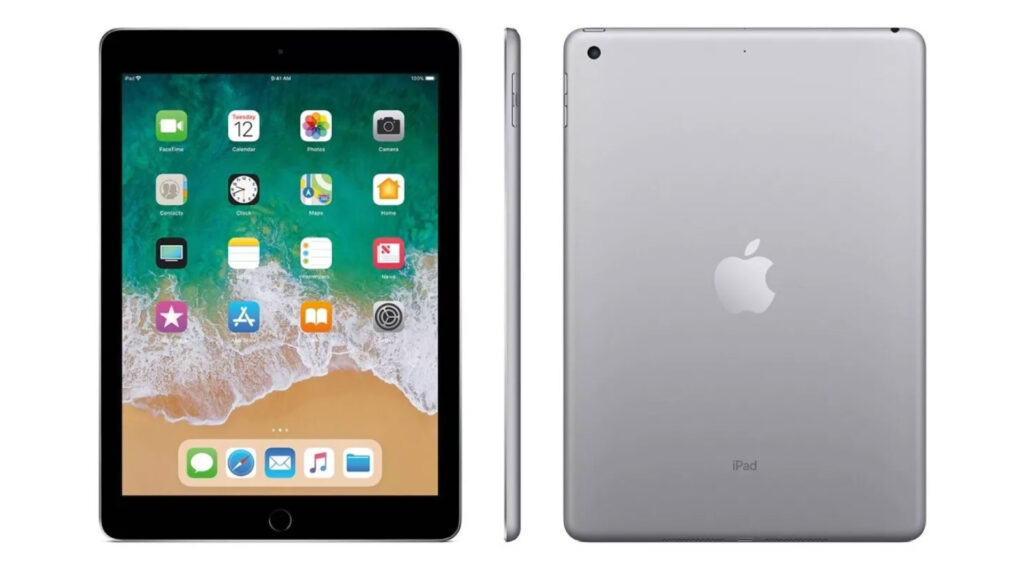
After a brief hiatus for the standard iPad line, Apple brought it back in 2017 with the 5th generation. This model was all about value: it had the A9 chip from the iPhone 6s and retained the 9.7-inch Retina display. It skipped flashy redesigns or new features and instead focused on delivering solid performance at a much lower price point. In Kenya, it was a hit with schools, businesses, and budget-conscious families. For many, this was their first step into the iPad ecosystem.
2018 to 2021: iPads 6th to 9th Gen (The Affordable Era)
iPad 6 (2018)
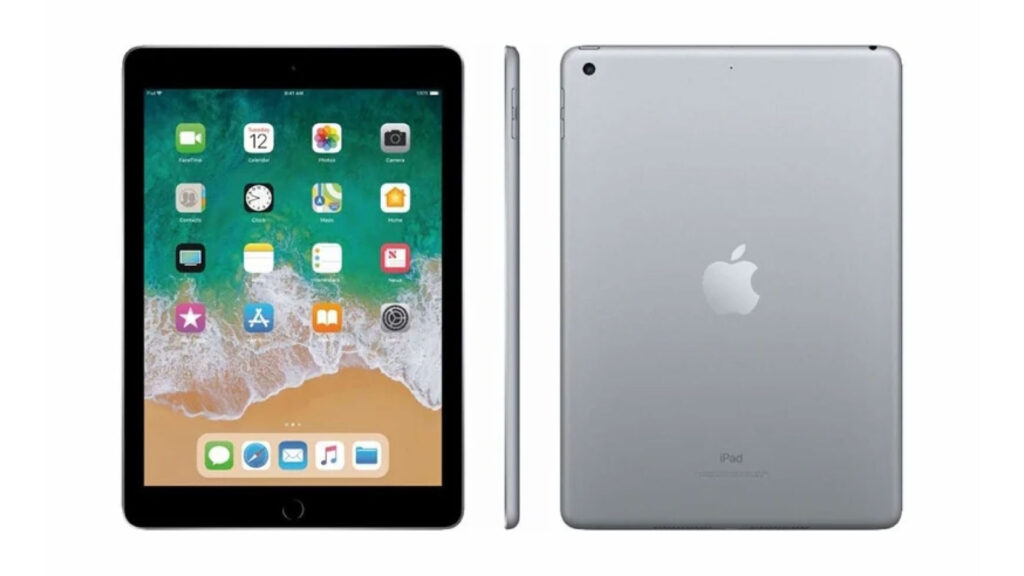
This was a turning point. The iPad 6 was the first entry-level iPad to support the Apple Pencil (1st Gen), making note-taking, sketching, and document markup available to students and creatives without needing an iPad Pro. It ran on the A10 Fusion chip and kept the familiar 9.7-inch display. Lightweight and quick enough for web browsing, document work, and basic content creation, it became wildly popular in schools and universities across Kenya.
iPad 7 (2019)
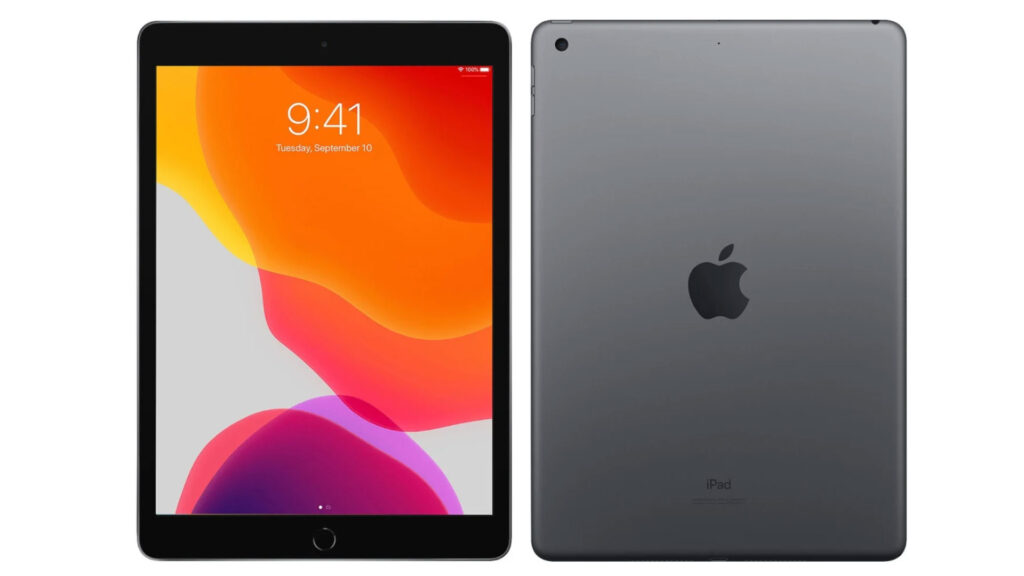
Apple bumped the screen size to 10.2 inches and added Smart Keyboard support, making it more viable as a low-cost laptop alternative. The A10 chip stuck around, but the bigger display gave it a modern look.
iPad 8 (2020)
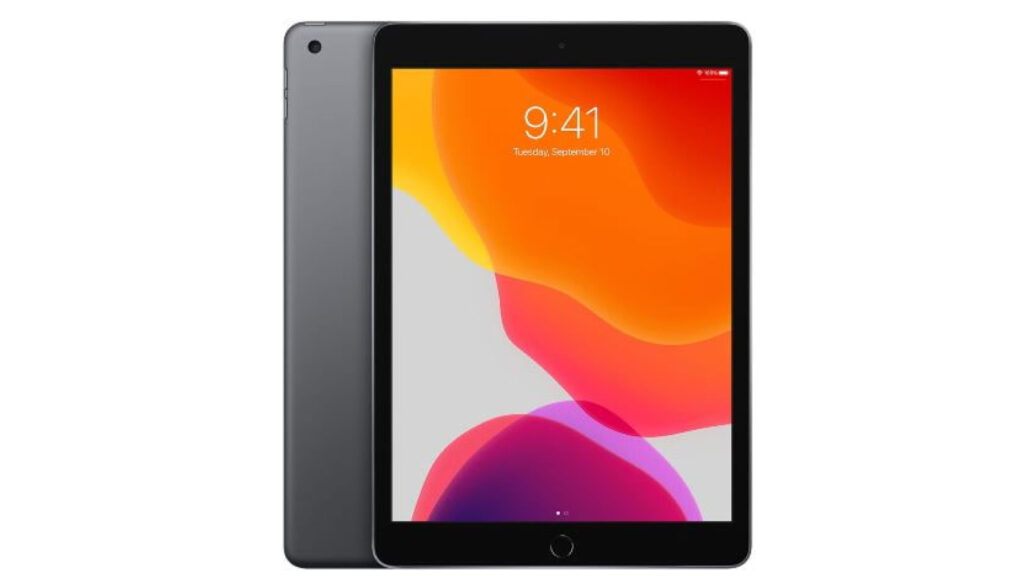
The internal upgrade to the A12 Bionic chip brought a noticeable speed improvement. This generation handled multitasking much better, especially with iPadOS features like Split View and Slide Over.
iPad 9 (2021)
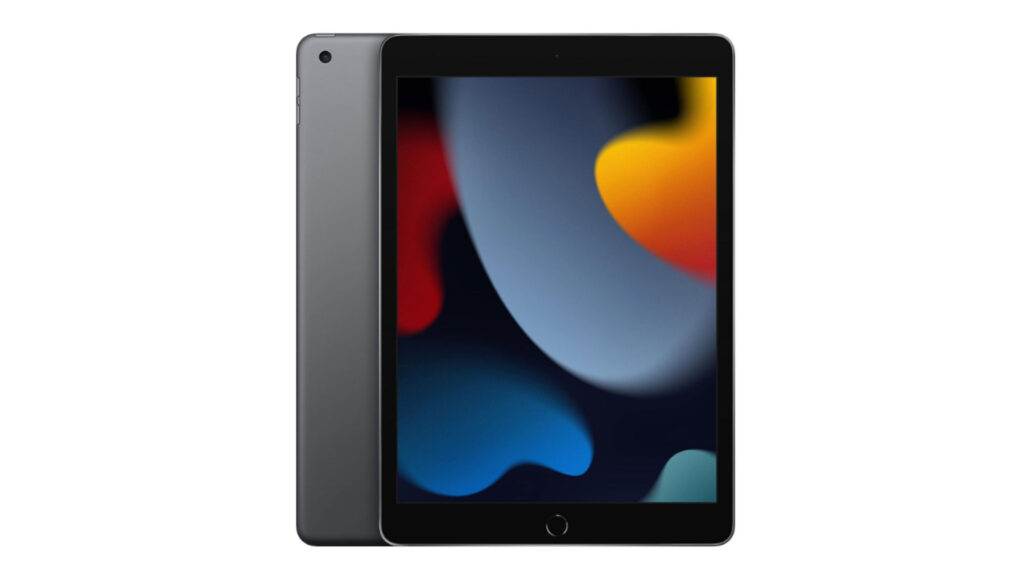
Apple upgraded the front-facing camera to 12MP with Center Stage support bringing intelligent framing to video calls. It also included the A13 Bionic chip, which kept it snappy in performance even as app demands grew. For many students in Kenya who shifted to remote learning during the pandemic, the iPad 9 became a lifeline.
These iPads didn’t get flashy launch events or mind-blowing features, but they quietly became the most used iPads in classrooms, offices, and homes alike. Their mix of power, price, and practicality made them workhorses in Nairobi’s digital classrooms and beyond.
2022: iPad 10th Gen (Redesign & USB-C)
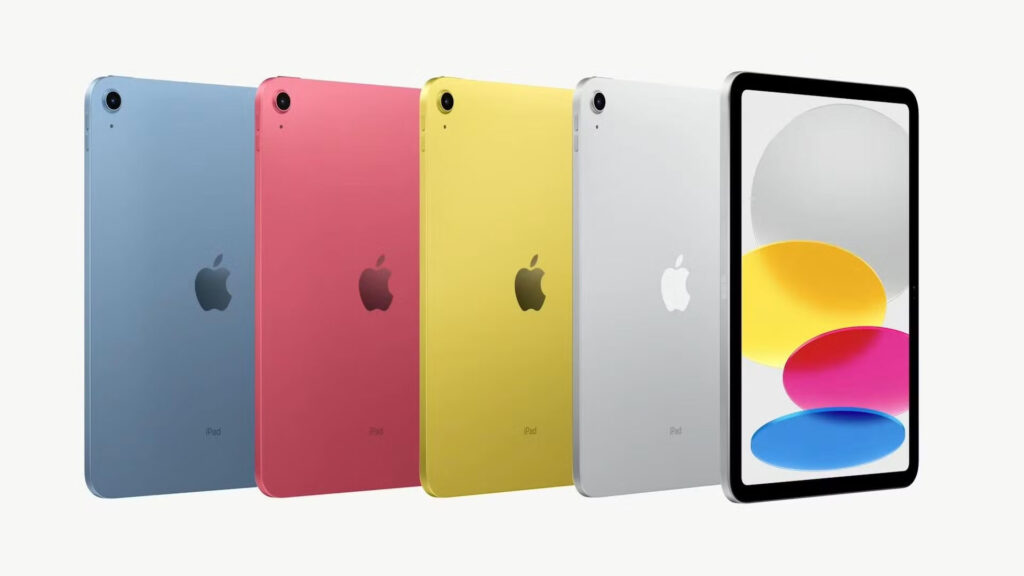
The 10th-gen iPad finally broke free of the home button and chunky bezels. It introduced a fresh, colorful redesign with an all-screen 10.9-inch display, moved Touch ID to the power button, and upgraded to USB-C for better accessory compatibility. The A14 chip provided enough horsepower for multitasking, content creation, and light gaming.
However, the transition wasn’t smooth for everyone. It needed an adapter to use the original Apple Pencil and didn’t support the Magic Keyboard. Despite that, it was one of the most popular entry iPads in Nairobi’s tech and student scenes thanks to its eye-catching colors and versatility.
2025: iPad 11th Gen (A16, Better Multitasking)
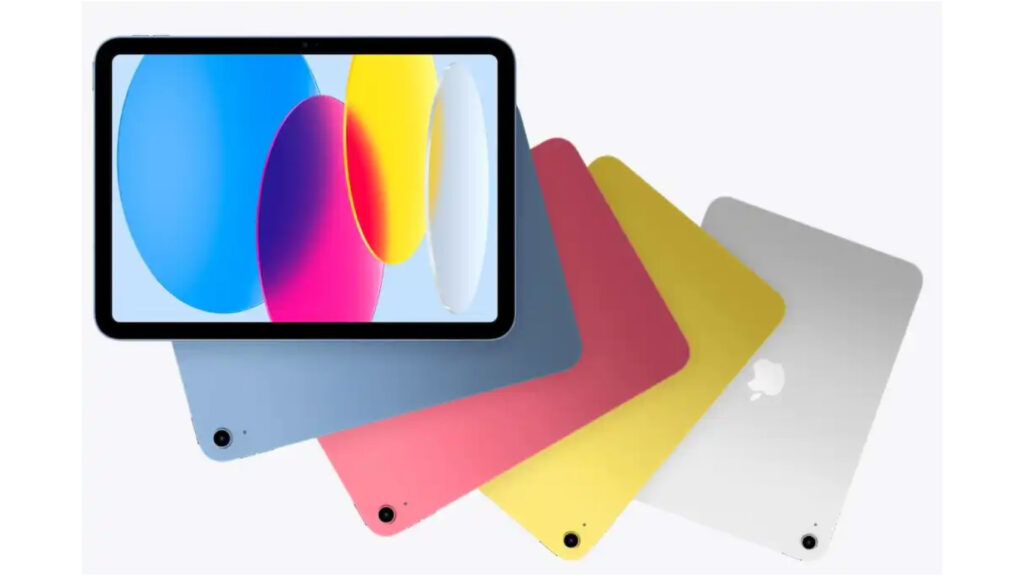
In 2025, Apple gave the entry-level iPad its most powerful update yet. The 11th Gen model now ships with the A16 chip, 6GB of RAM, and starts at 128GB storage. More importantly, it gained support for the Magic Keyboard Folio and now runs circles around older iPads when it comes to split-screen multitasking, video editing, and Apple Pencil performance.
It’s the first regular iPad that feels like a serious productivity device perfect for students, writers, content creators, and even freelancers managing everything from Canva projects to Zoom calls in one workspace.
iPad Mini Series (2012–2024)
Mini 1 (2012)
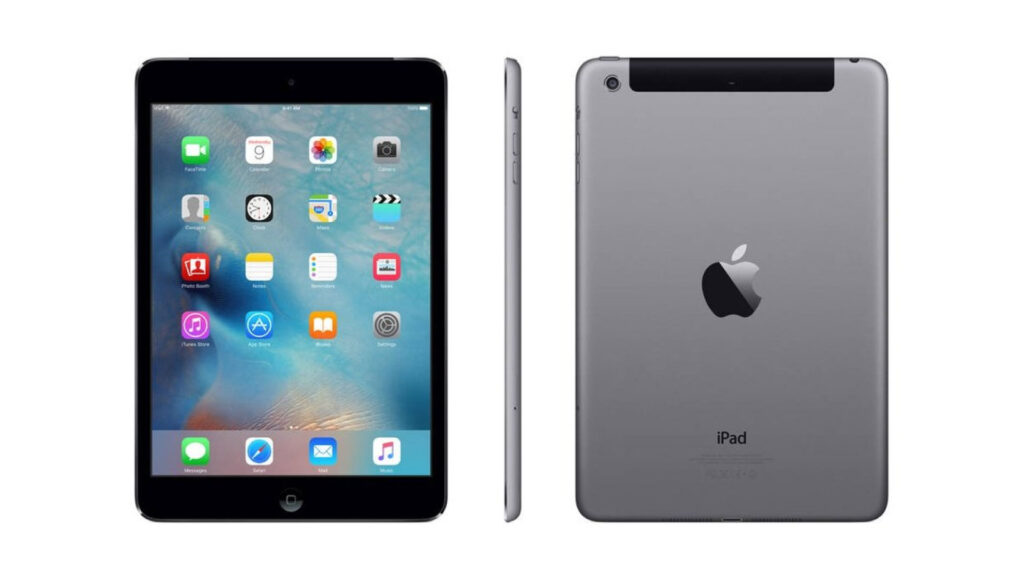
The original iPad Mini launched in October 2012 and introduced a whole new form factor to Apple’s tablet lineup. With a 7.9-inch display and the same A5 chip as the iPad 2, the first Mini wasn’t a powerhouse but it wasn’t trying to be. Its compact size and lightweight design made it the go-to device for reading, light gaming, and ultra-portable browsing. In Kenya, the Mini 1 found a market among students and businesspeople looking for an affordable, travel-friendly iPad.
Mini 2 (2013)
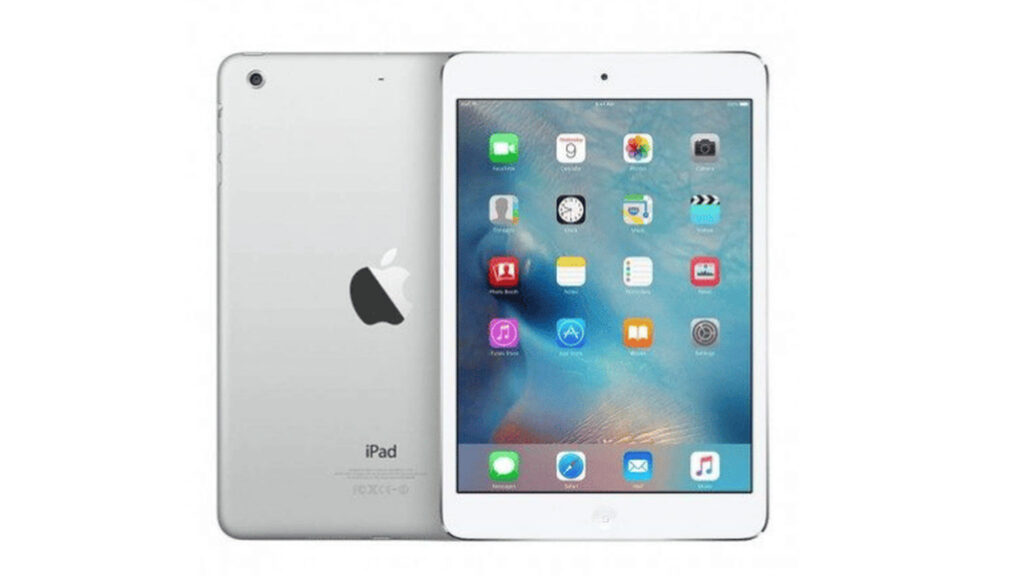
Also known as the iPad Mini with Retina Display, the Mini 2 was a major leap forward. It featured Apple’s A7 chip, the same chip found in the iPad Air and iPhone 5s and introduced a high-resolution Retina screen that dramatically improved reading and video clarity. Performance-wise, it finally gave users the ability to multitask and handle more demanding apps. For Kenyan users, this model became a popular pick for digital textbooks and fieldwork applications.
Mini 3 (2014)
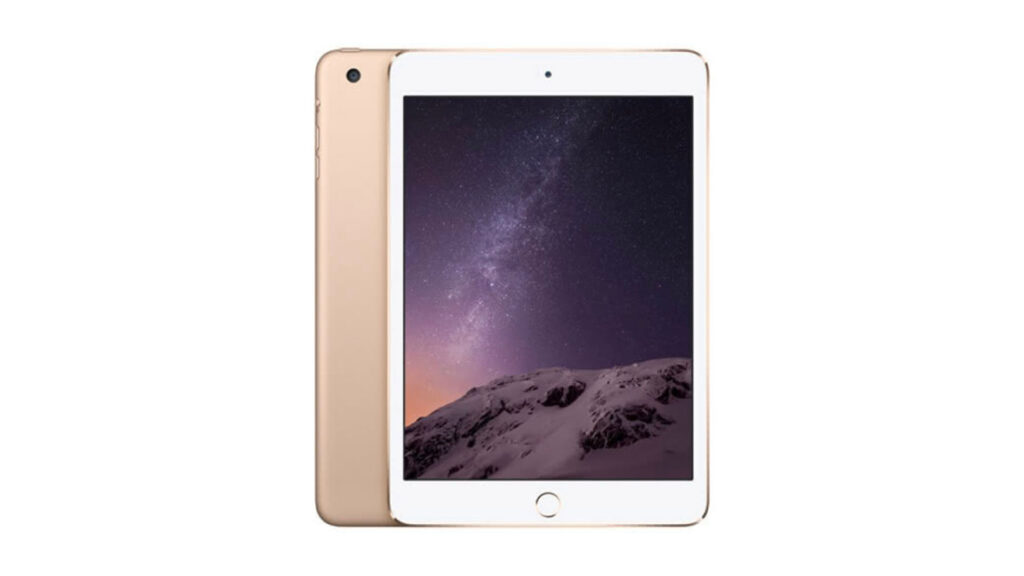
The Mini 3 was more of a minor upgrade. The headline feature was Touch ID, bringing fingerprint security to the Mini line. It retained the same A7 chip and design as the Mini 2, which left some users disappointed. Still, it provided a new layer of convenience and became a solid mid-tier option in retail stores and university campuses across Kenya.
Mini 4 (2015)
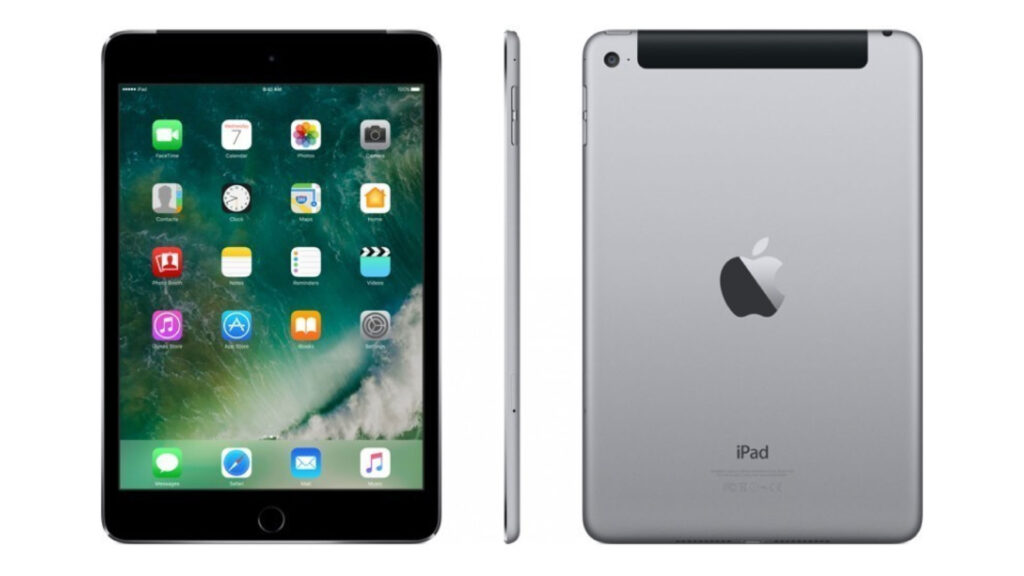
Apple revamped the Mini again in 2015, making the Mini 4 thinner, lighter, and far more powerful thanks to the A8 chip. It also featured a laminated display with better color accuracy and reduced glare. With iOS updates enabling split-screen multitasking, the Mini 4 felt closer to a full-sized iPad than ever. This was the turning point where many professionals doctors, logistics officers, and even NGO field agents in Kenya started using the Mini as a primary digital companion.
Mini 5 (2019)
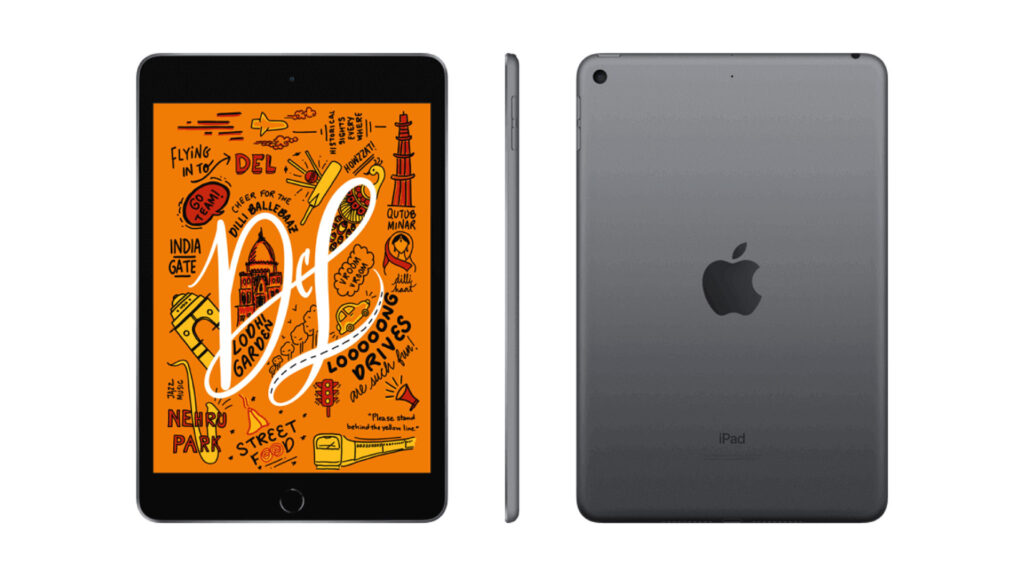
After a long hiatus, the Mini 5 came roaring back with serious specs: the A12 Bionic chip, support for the 1st Gen Apple Pencil, and True Tone display. It finally aligned performance with modern needs, allowing creators, writers, and students to sketch, annotate, and multitask with ease. In Kenya, it became the top recommendation for aviation students, sales reps, and anyone needing a no-compromise tablet that could slip into a small bag or jacket pocket.
Mini 6 (2021)
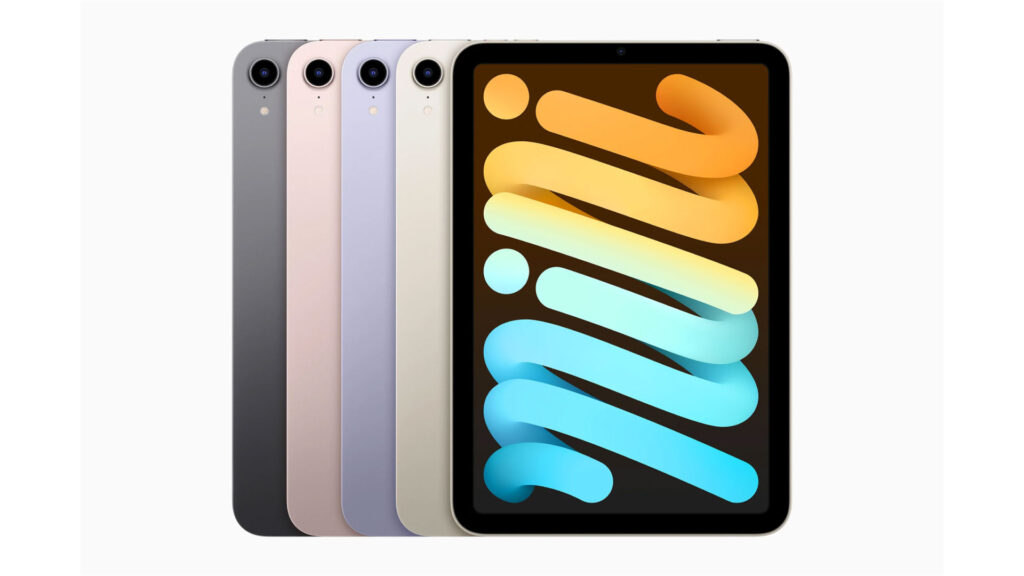
The Mini 6 finally ditched the aging design for something bold and modern an edge-to-edge 8.3-inch Liquid Retina display, no Home button, Touch ID in the power button, USB-C, and Apple Pencil 2 support.
Its A15 chip made it more than capable, while the new size made it an instant hit with pilots, mobile field workers, and creatives. It was one of the most popular choices for people who needed power without the weight.
Mini 7 (2024): A17 Pro & AI-Ready
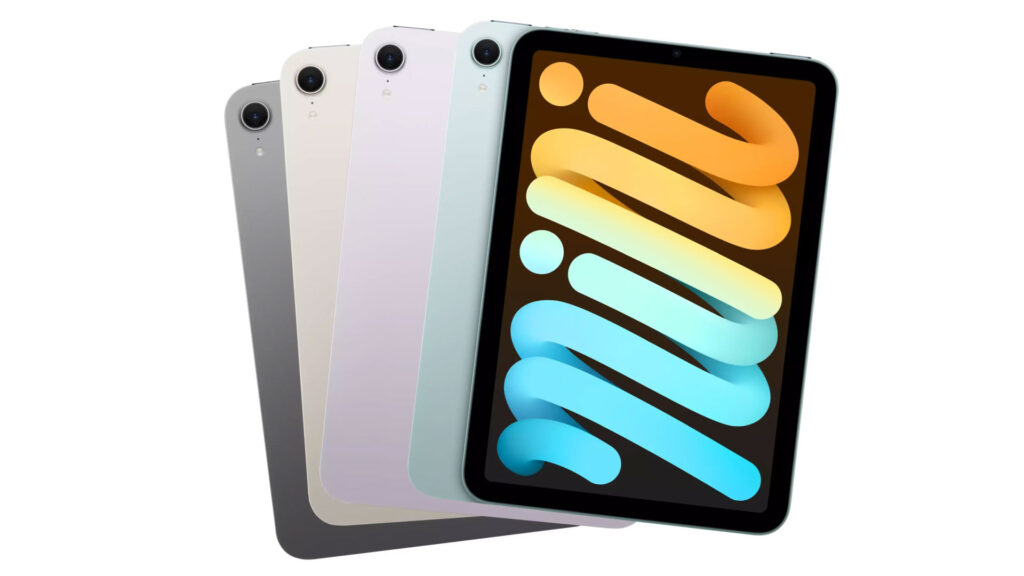
The 2024 refresh brought Apple’s A17 Pro chip to the iPad Mini, along with landscape front cameras, improved cooling, and Pencil Pro support. But the big news? It became one of the smallest Apple devices to support Apple Intelligence features like voice summarization, enhanced note dictation, and on-device AI corrections.
For power users who want AI in their pocket, the Mini 7 delivers.
iPad Air Series (2013–2025)
Air 1 (2013):
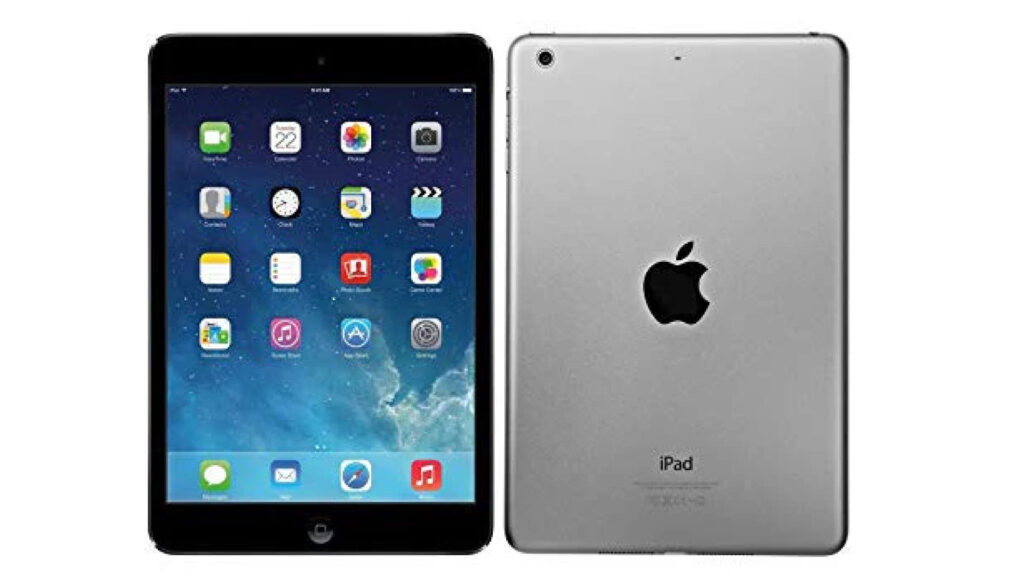
The original iPad Air was a breath of fresh silicon. It featured the A7 chip the world’s first 64-bit tablet processor—wrapped in a body that was 28% lighter and significantly thinner than its predecessor. At the time, the Air became the gold standard for tablets, offering full-sized performance in a travel-friendly form. In Kenya, this model marked the first time many casual users felt an iPad was truly portable enough for everyday use.
Air 2 (2014)
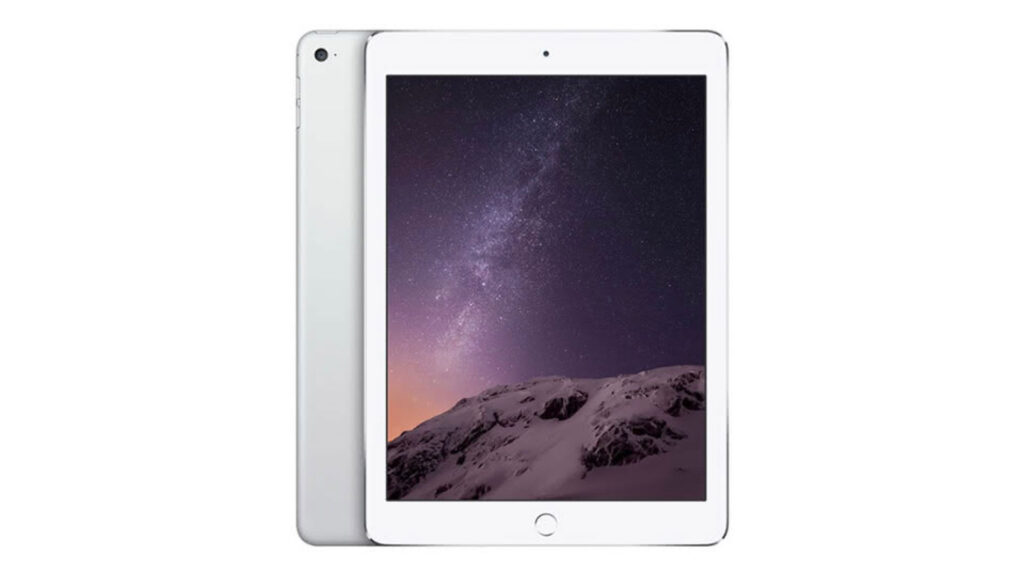
This was the thinnest iPad Apple had ever made, and it stayed that way for years. Powered by the A8X chip and paired with a laminated display, anti-reflective coating, and Touch ID, it was ideal for media consumption and reading. While still a content consumption device at its core, the iPad Air 2 was embraced by Kenya’s student population for note-taking and e-textbooks.
Air 3 (2019)
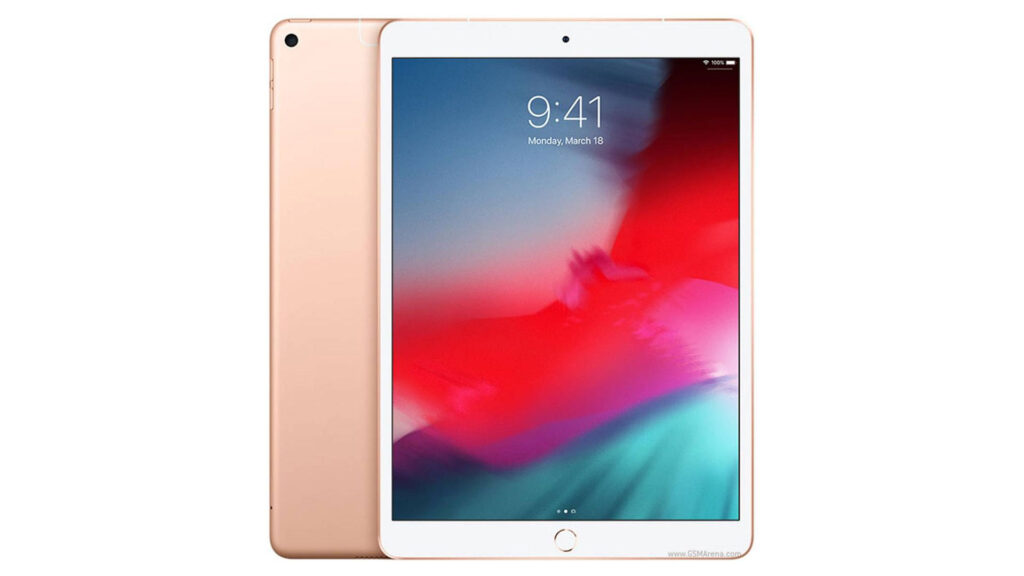
After skipping updates for a few years, Apple revived the Air with a new 10.5-inch Retina display, A12 chip, Apple Pencil (1st Gen) support, and Smart Keyboard compatibility. The Air 3 offered a clear step up from the base iPad line without reaching Pro prices. It found a niche in Kenya’s teaching and administrative circles.
Air 4 (2020)
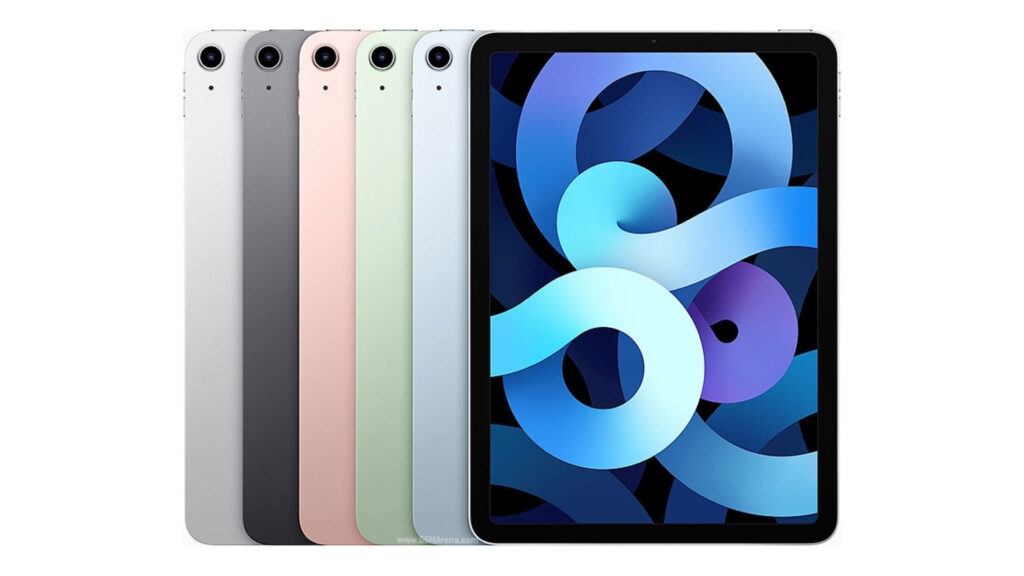
The Air finally ditched the old design and embraced modern iPad aesthetics flat edges, USB-C, all-screen Liquid Retina display, and Touch ID relocated to the power button. With the A14 chip and support for Apple Pencil 2, it blurred the line between Air and Pro. This redesign became a favorite for those in business and graphic design in Kenya.
Air 5 (2022)
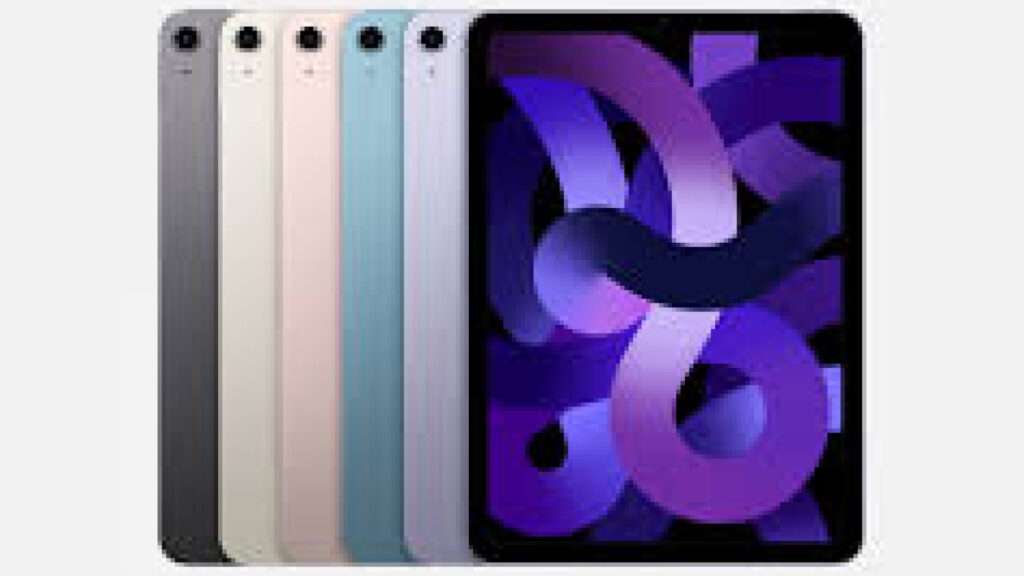
The leap to M1 chip brought the Air into laptop territory. Now with 8GB RAM, full Magic Keyboard support, and Pencil 2 compatibility, it ran apps like Affinity Designer and LumaFusion with ease. For many solo entrepreneurs and creatives, this was the go-to iPad portable, powerful, and future-proof without the iPad Pro price tag.
Air 6 (2024): First 13-Inch Air
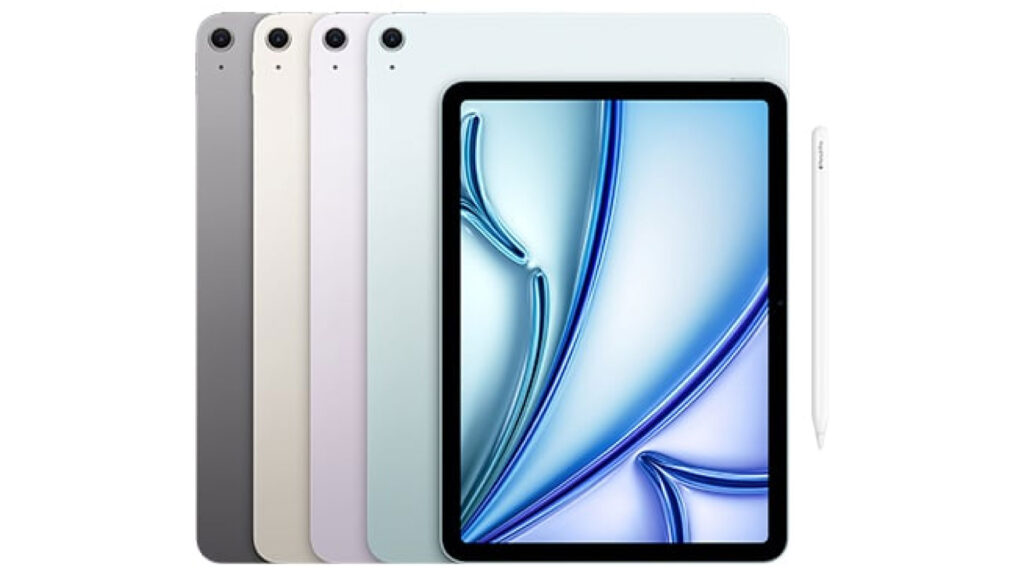
The Air 6 was the first to break out of the 11-inch mold. Apple introduced a 13-inch model alongside the 11-inch version both running on the M2 chip with Liquid Retina displays, landscape front cameras, and 128GB base storage.
For designers, multitaskers, or anyone who wanted big-screen productivity without Pro prices, this was a game-changer. The 13” Air became especially popular in Kenya’s creative and education sectors.
Air 7 (2025): M3 + Apple Intelligence
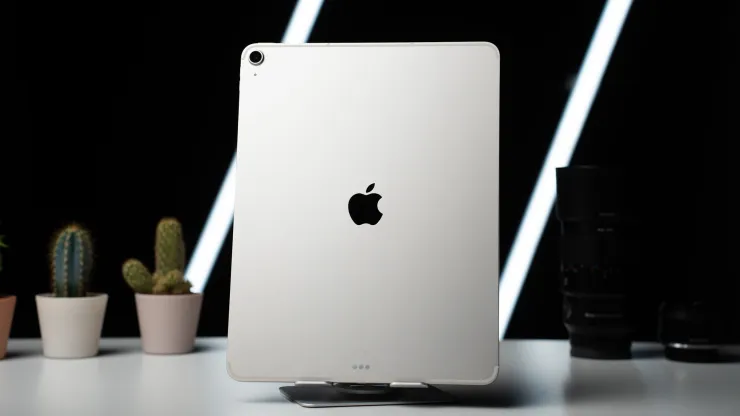
In 2025, the Air 7 brought the M3 chip and ushered in Apple Intelligence. AI-powered features like live transcription, voice isolation, and enhanced image editing now live in the Air lineup.
Thanks to an upgraded GPU with ray tracing and mesh shading, the Air 7 is now the go-to iPad for mid-range creative professionals from video editors to architecture students who want power and performance without the Pro price tag.
iPad Pro Series (2015–2025)
iPad Pro (2015)
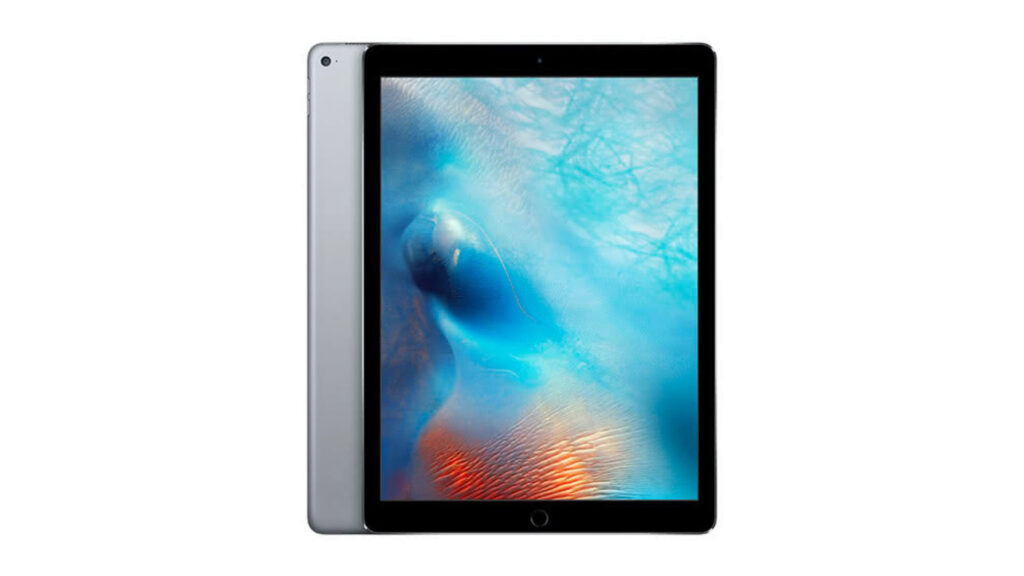
The original iPad Pro launched in 2015 as a 12.9-inch beast, the largest iPad Apple had ever released. It came with an A9X chip, four-speaker audio, and the debut of the Apple Pencil. This was Apple’s declaration that the iPad wasn’t just for media consumption anymore it was now gunning for Wacom tablets, laptops, and sketchbooks. Its sheer screen size and speed made it popular among designers, architects, and illustrators. In Kenya, early adopters in advertising firms and universities saw it as a portable canvas.
iPad Pro (2017)
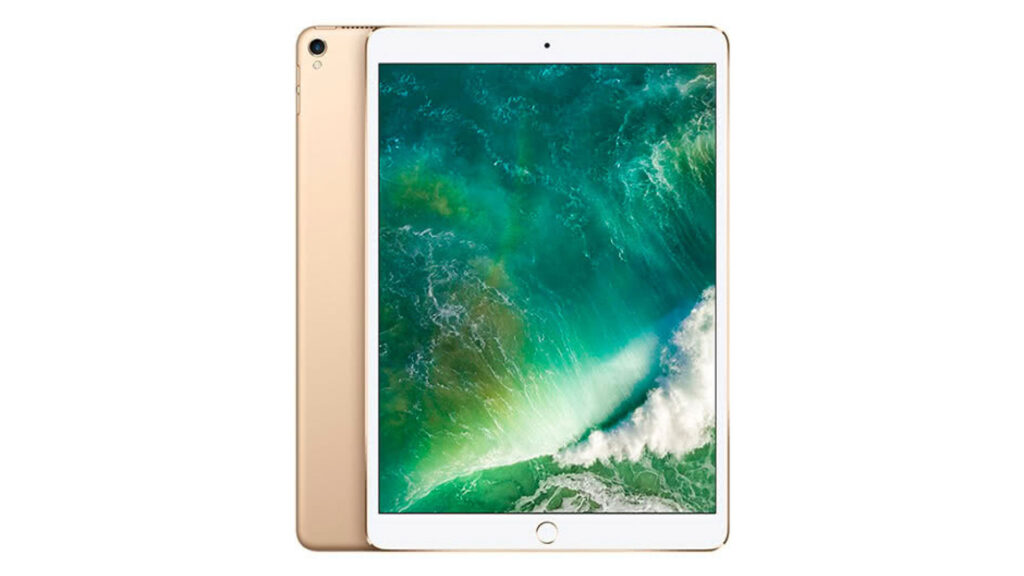
Apple’s 2017 update was a pivotal moment in the iPad’s hardware evolution. The 10.5-inch iPad Pro shrunk the bezels and expanded the screen without increasing overall size. For the first time, ProMotion (120Hz refresh rate) arrived dramatically improving Apple Pencil latency, scrolling smoothness, and responsiveness. Combined with the A10X Fusion chip, this device delivered both raw power and fluid user experience, making it an ideal device for creatives and professionals who relied on speed and visual clarity.
For illustrators, digital planners, and students in Kenya, it became the go-to productivity tool, especially when paired with the Smart Keyboard and Pencil. The laminated True Tone display made it easier to work in mixed lighting, and for mobile professionals, the added screen space with minimal bulk was a revelation.
iPad Pro (2018)
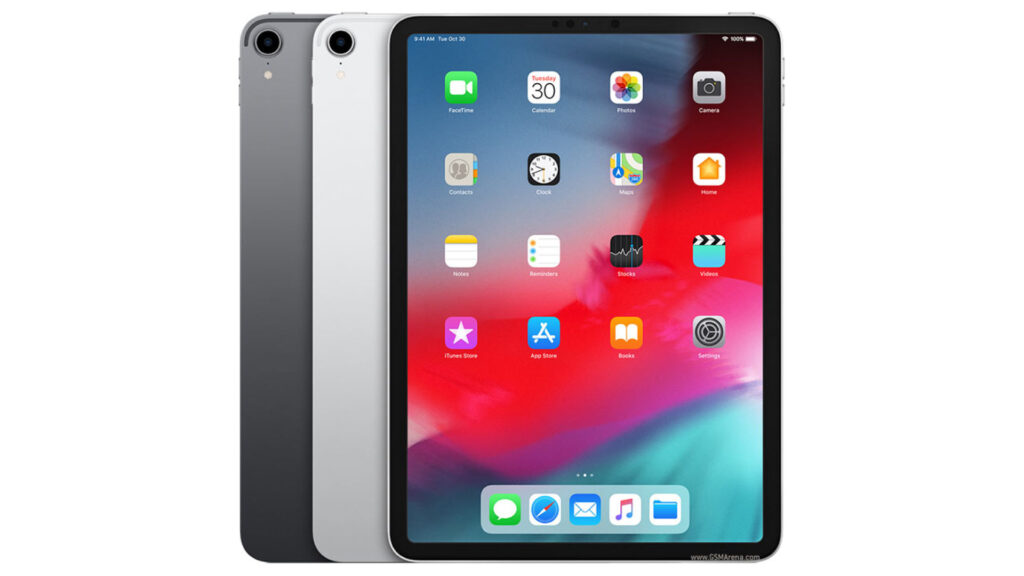
Apple blew up the iPad rulebook in 2018. Gone was the home button; in came Face ID, slimmer bezels, and the first USB-C port on any iOS device. The design echoed the aesthetics of modern MacBooks flat-edged, industrial, and premium. The A12X Bionic chip under the hood brought laptop-grade performance to the iPad, while iOS updates added better multitasking and Pencil support.
For filmmakers and graphic designers in Kenya, this was the moment the iPad stopped being “just a tablet” and started being a serious workstation. The 11-inch and 12.9-inch variants catered to creatives with different portability needs. USB-C allowed use of external storage and monitors finally, the iPad started playing nice with pro workflows.
iPad Pro (2020–2022)
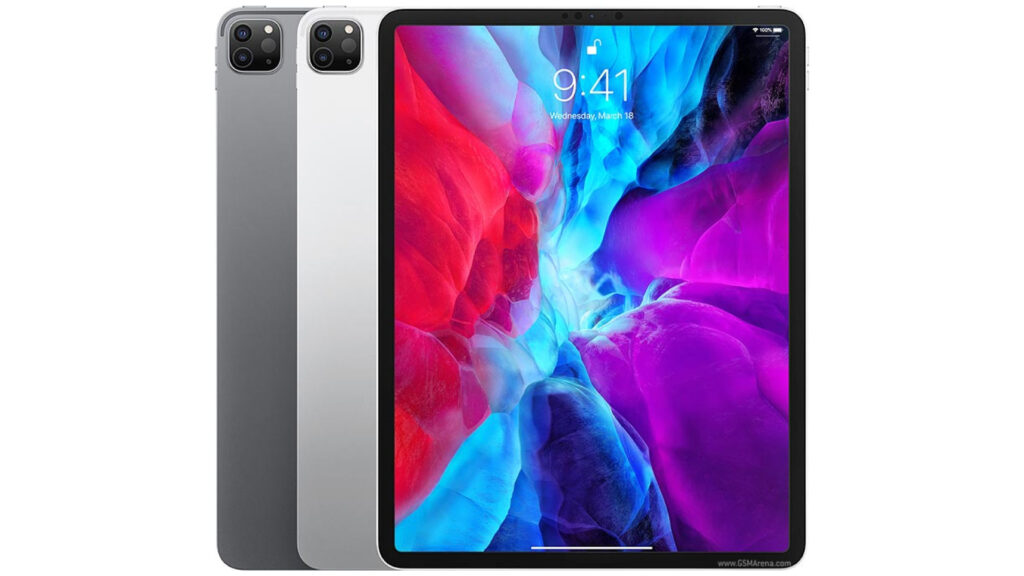
By 2020, the Pro line had become Apple’s hardware playground and the M1 iPad Pro in 2021 proved it. With the same chip as the MacBook Air and Mac Mini, it blew past tablet expectations. For the 12.9-inch model, Apple added a mini-LED display offering contrast and brightness that rivaled pro monitors. The 2021 model also introduced Thunderbolt ports for high-speed data and pro-level accessory support.
In Kenya, this was the golden era for content creators: video editors, sound engineers, and animators flocked to the iPad Pro as an alternative to traditional laptops. LumaFusion, Logic Mobile, and Affinity apps ran with desktop-like fluidity, and students in digital labs or creative studios finally had a single device that could replace multiple tools.
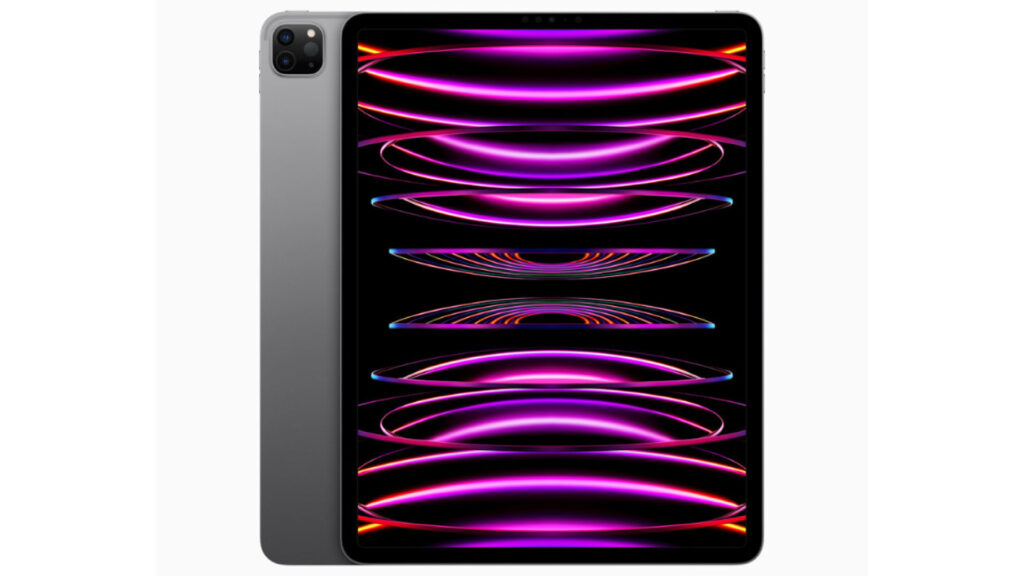
The 2022 iteration added modest improvements like better cameras and center stage but the core power and functionality remained unmatched in the tablet space. These iPads made the Pro not just an upgrade, but a completely different class of device.
M4 iPad Pro (2024): Ultra Retina OLED
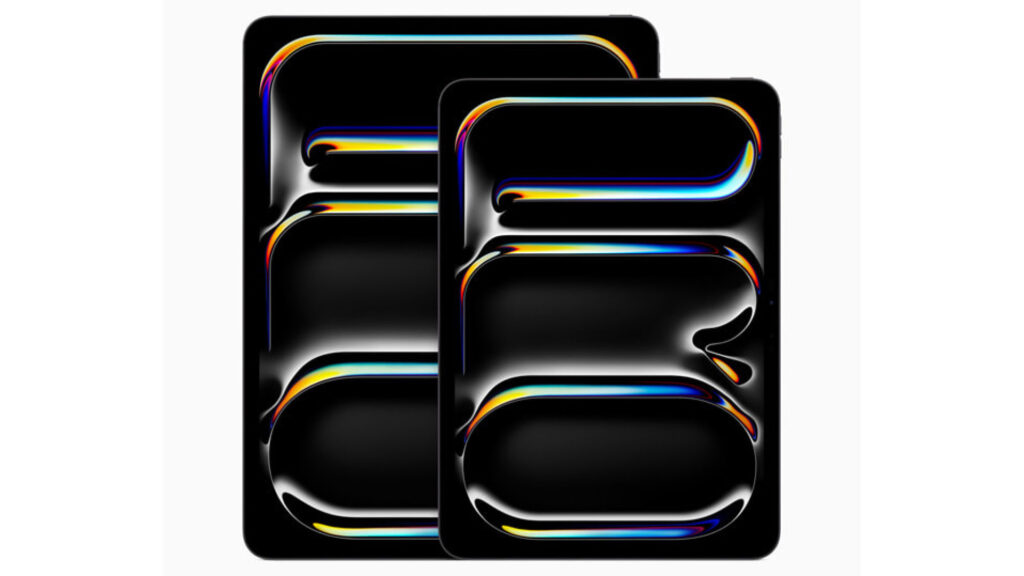
The M4 iPad Pro marked a new chapter: OLED displays. The new Ultra Retina XDR panels are not just brighter they’re jaw-droppingly contrast-rich, especially for HDR video editing. Add to that the Neural Engine enhancements, M4 chip with ray tracing, and Pencil Pro hover support, and this iPad becomes a dream for creators.
The keyboard accessory was redesigned too finally bringing a function key row, which longtime Mac users welcomed.
M5 iPad Pro (Coming Late 2025?)
Rumors point to an M5-powered iPad Pro by the end of the year. If true, we’re likely to see dual selfie cams (landscape and portrait), Face ID enhancements, and a minimum of 16GB RAM plus more Apple Intelligence features built deep into iPadOS 19.
iPad in Kenya: What Matters Most
-
USB-C Across the Board: Since 2022, all iPads use USB-C easier charging and accessory compatibility.
-
Magic Keyboard Access: Finally, the entry iPad 11th Gen supports it. Big deal for budget buyers.
-
Apple Intelligence: Starting with Mini 7, Air 7, and Pro M4, you get AI features like smart summarization, voice correction, and offline dictation.
-
Touch ID Still Here: Unless you’re on Pro, it’s Touch ID in the top button.
-
M-Series = Future-Proof: M2, M3, and M4 chips bring desktop-like performance to iPadOS and they’ll age better.
Ready to Find Your iPad?
At Applecenter, we’ll help you pick the right model based on your workflow and budget.
-
📍 Rehema House, 6th Floor, Standard Street
-
📱 Call/WhatsApp: 0722 986 457 / 0735 986 457
-
🌐 Shop Online: applecenter.co.ke
From 2010 to 2025, the iPad didn’t just grow up it found its purpose.

